Світовий бестселер : Поглиначі мертвих
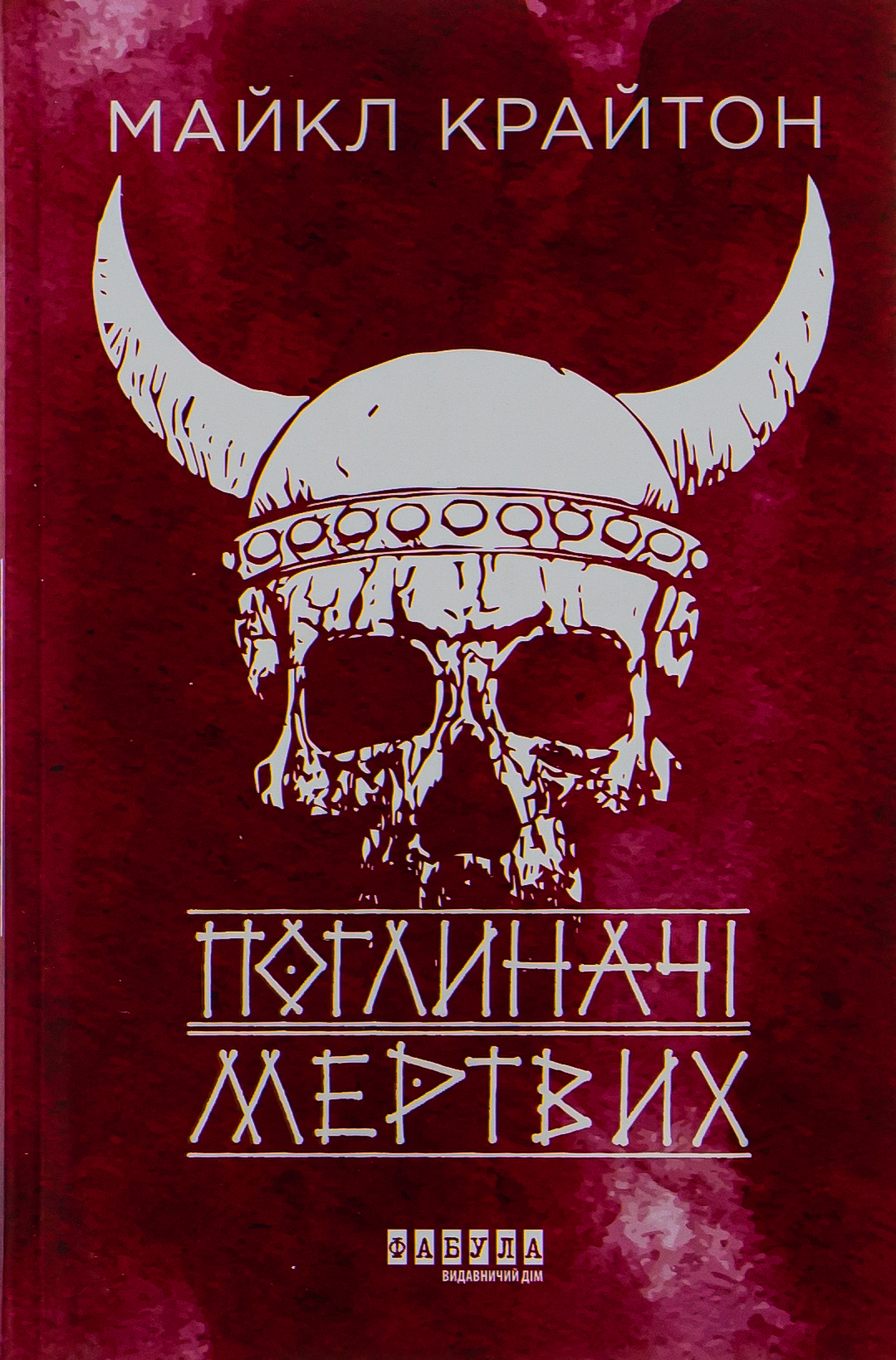
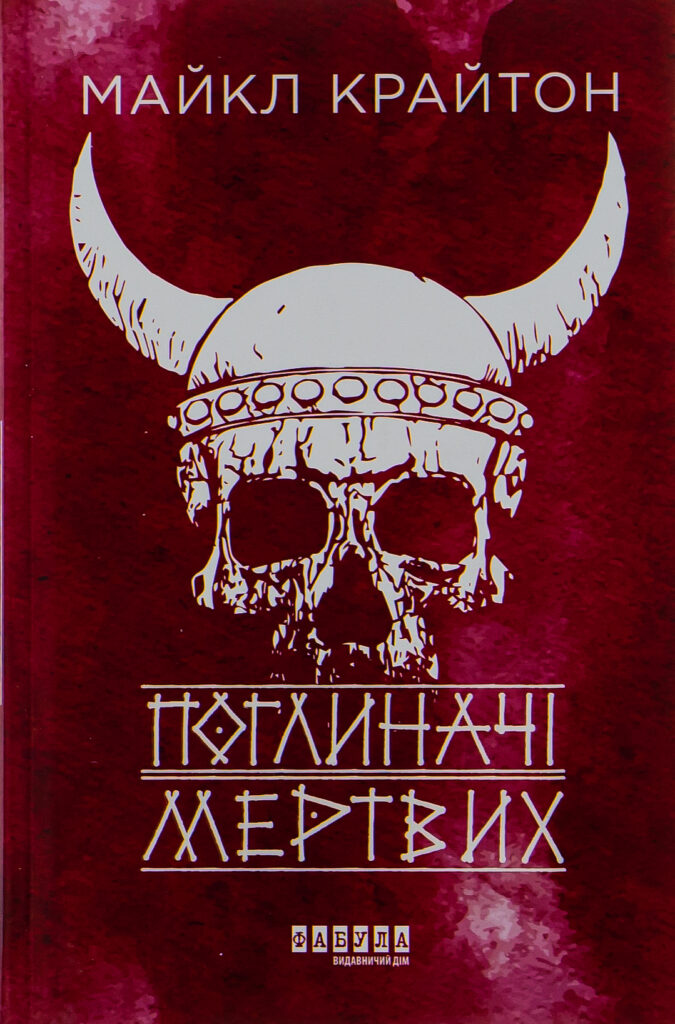
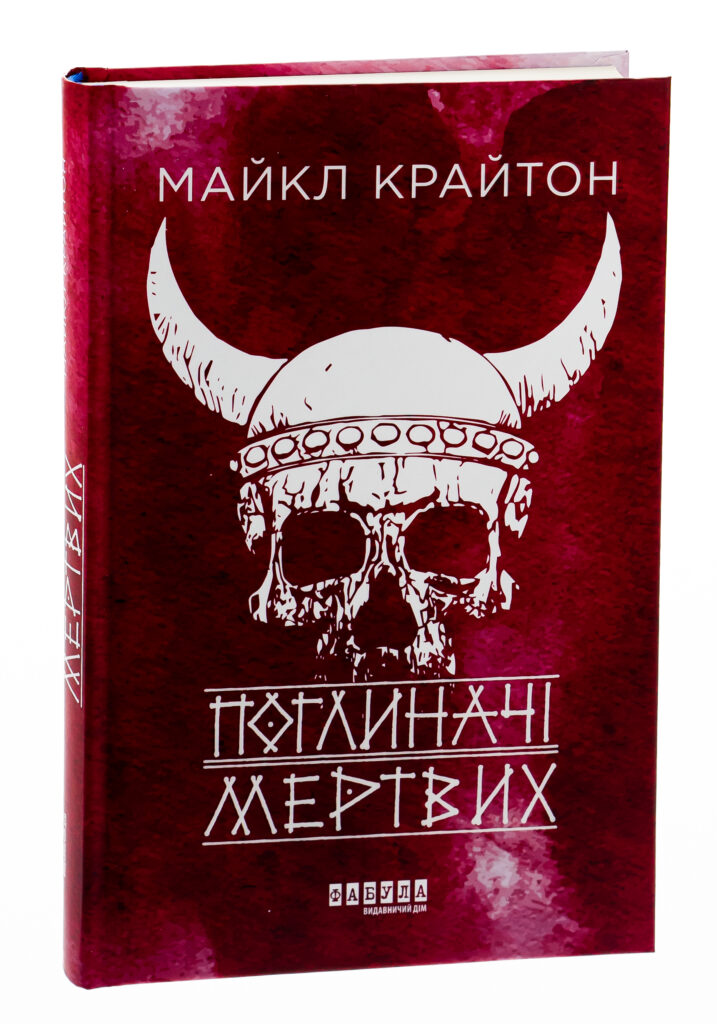
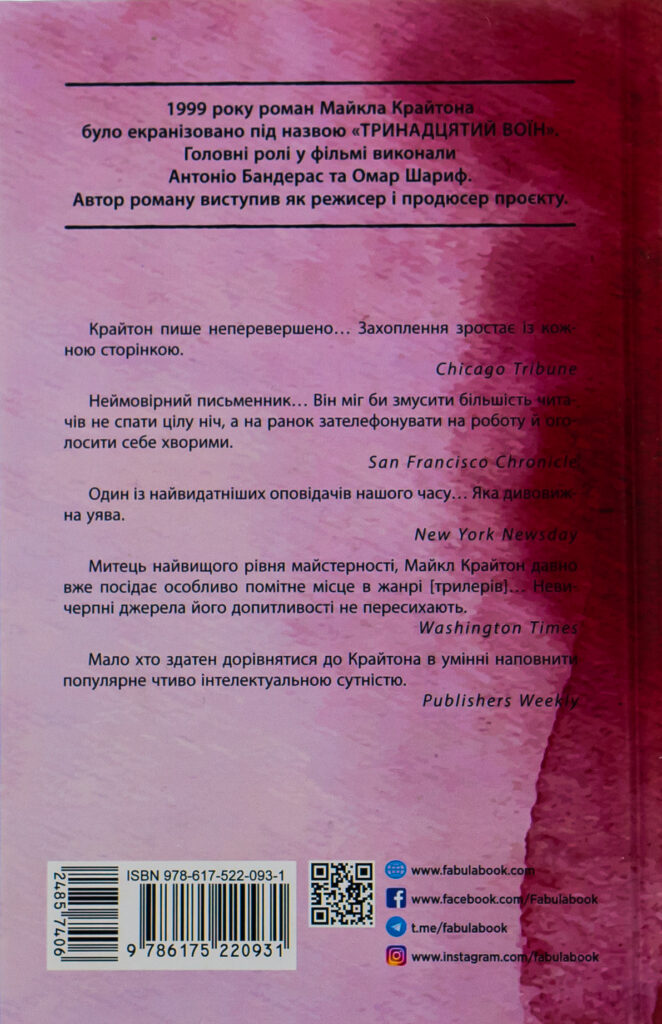
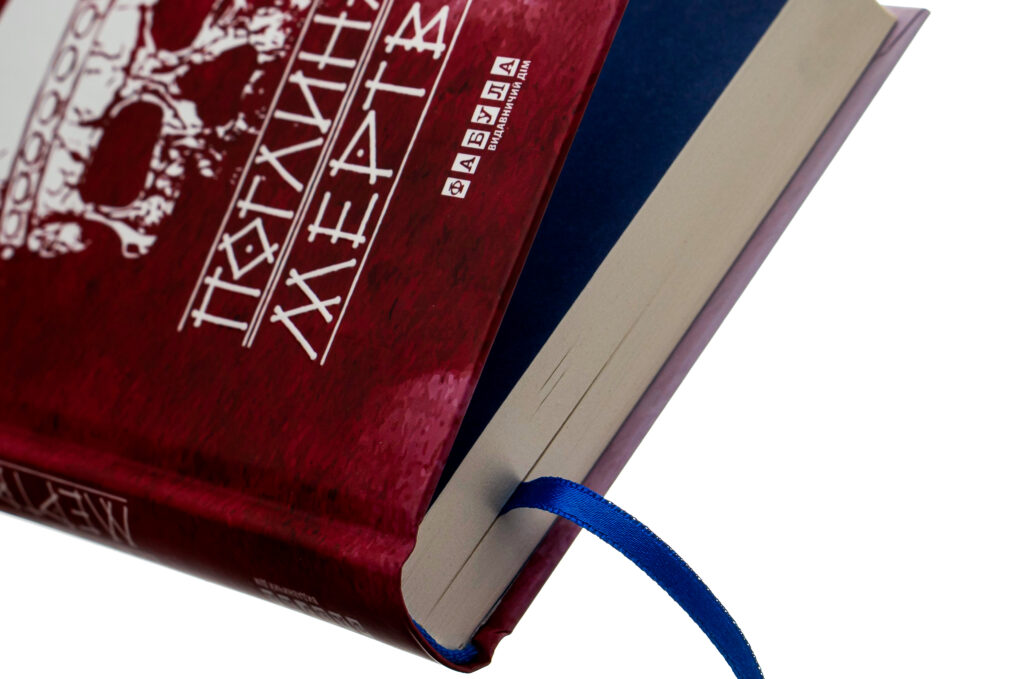
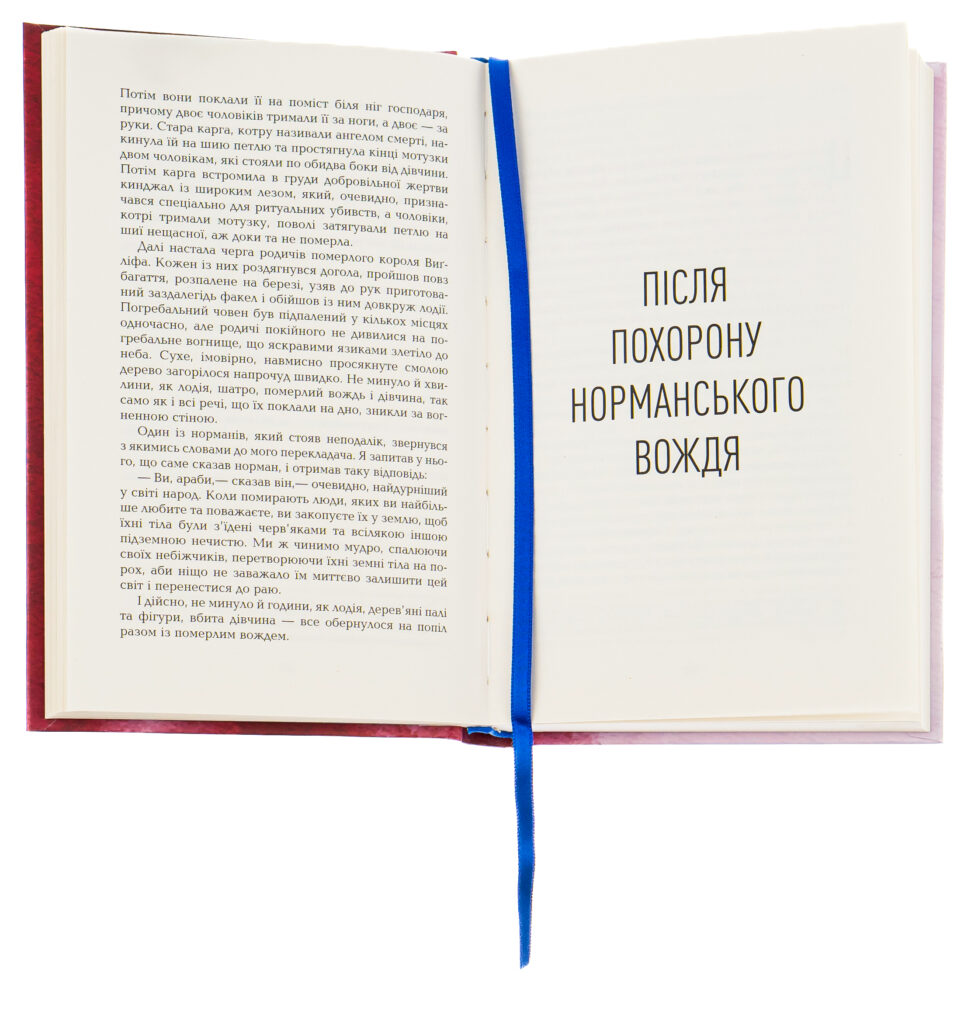
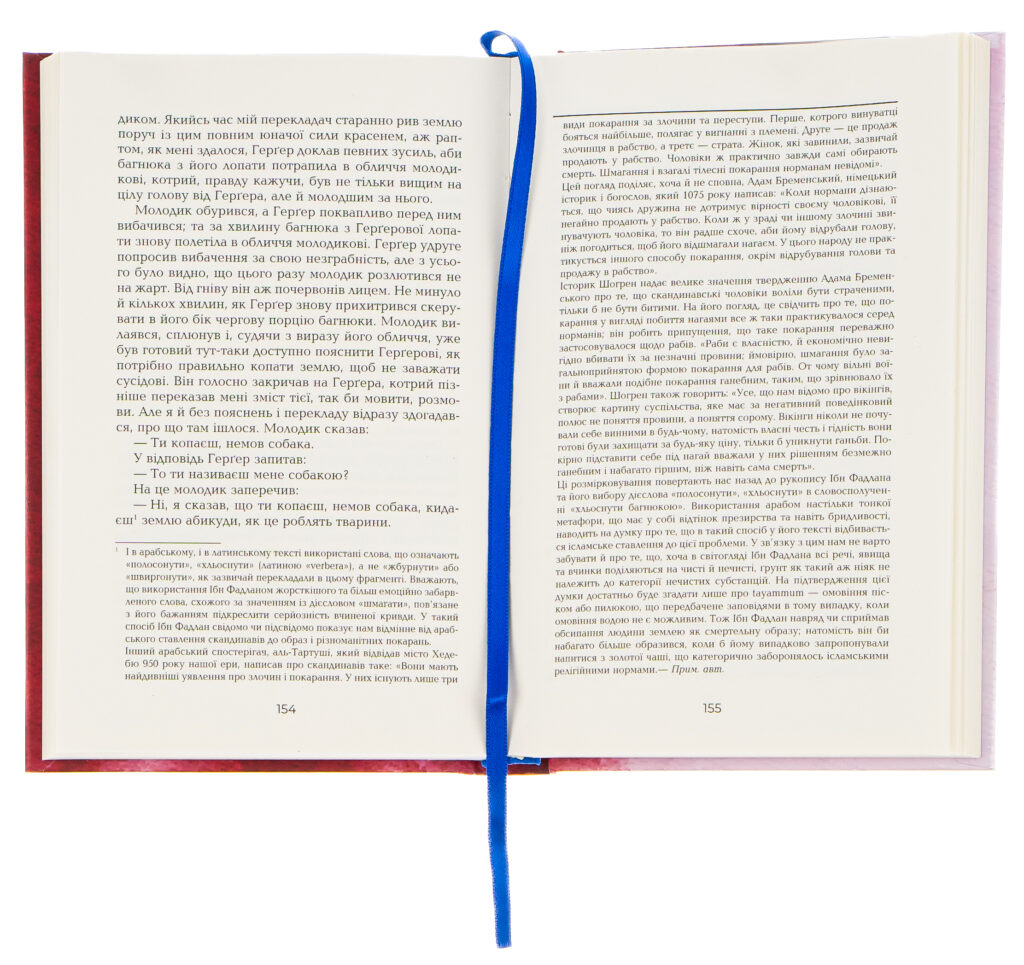
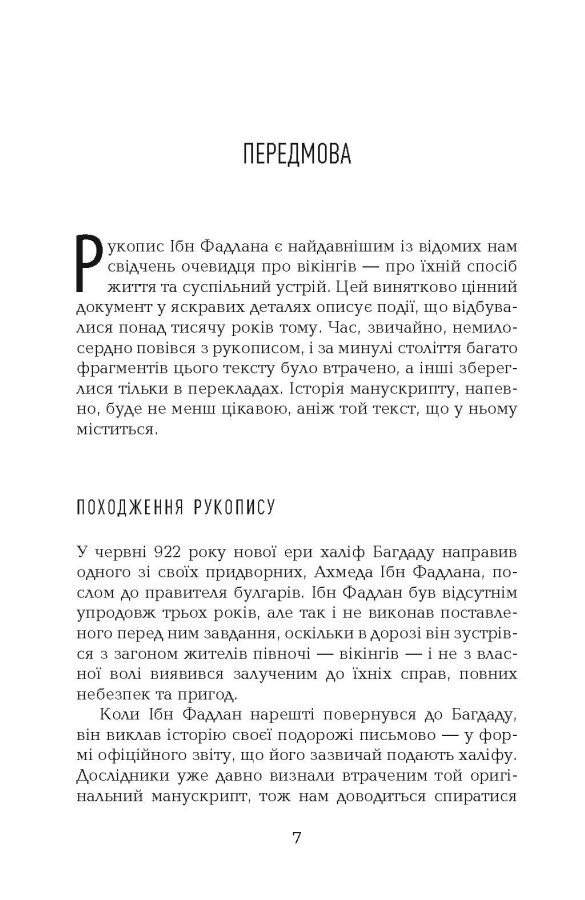
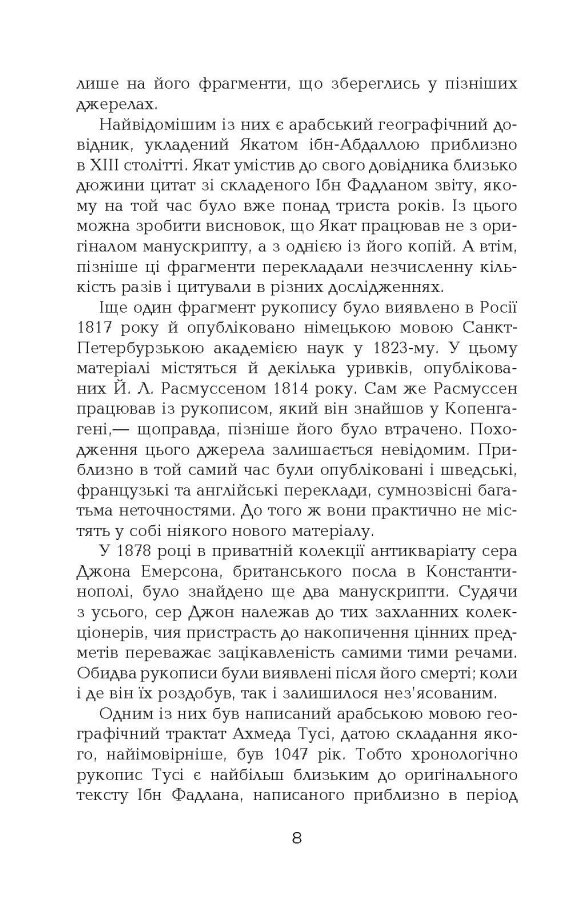
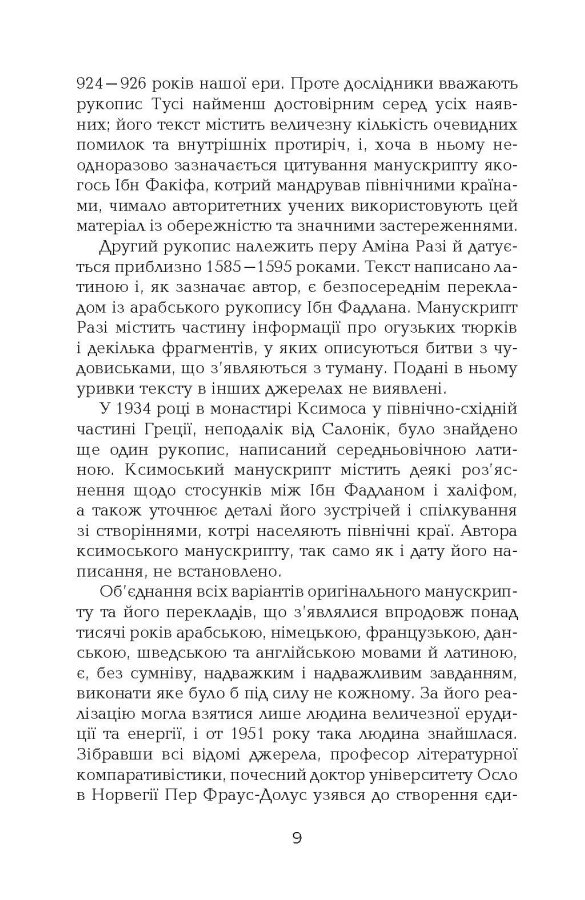

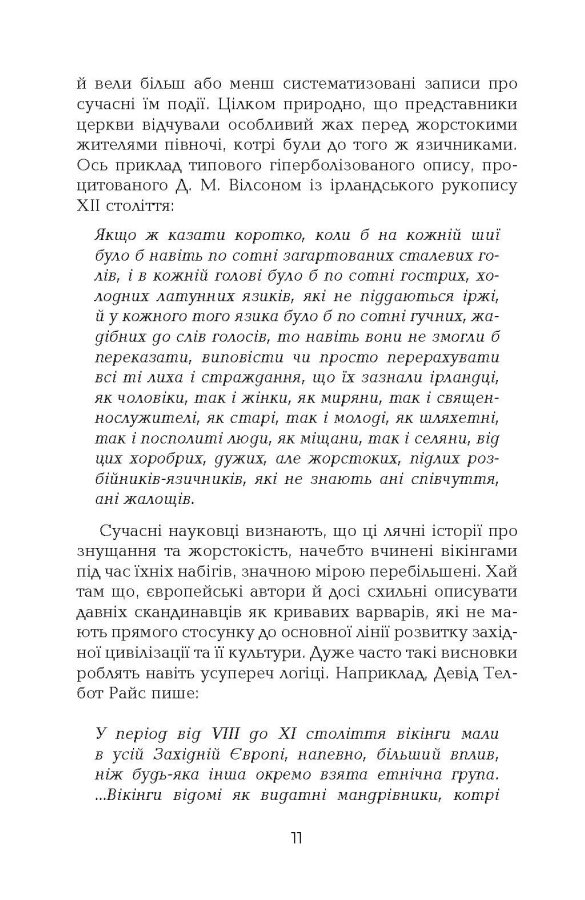
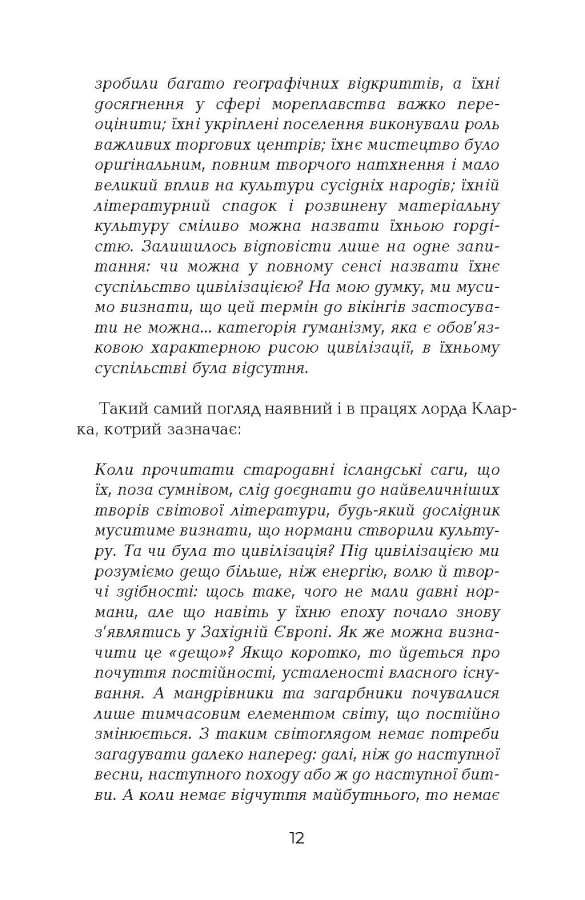
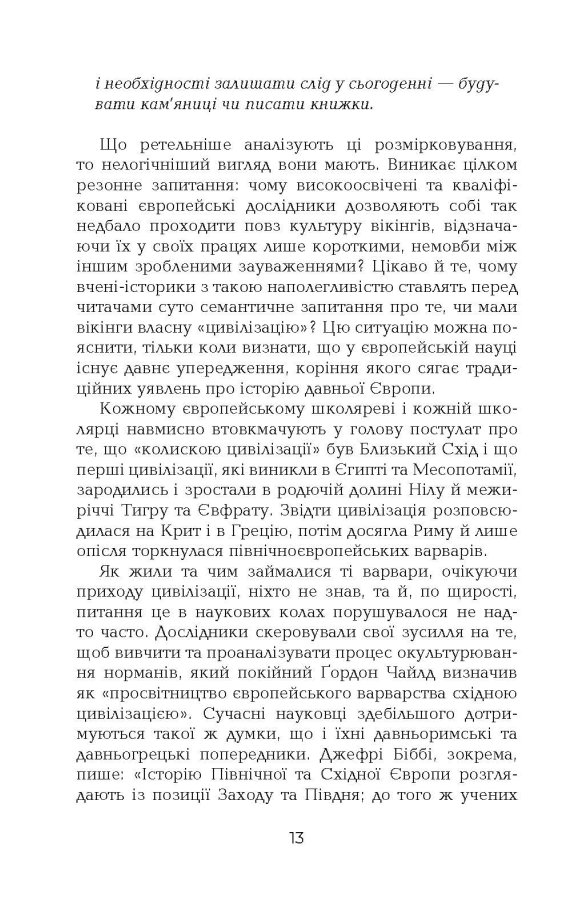
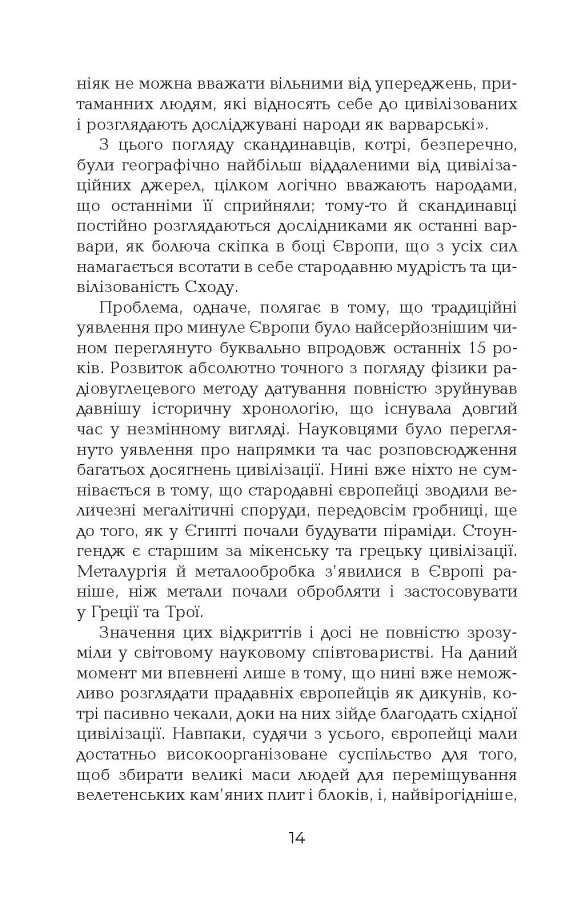
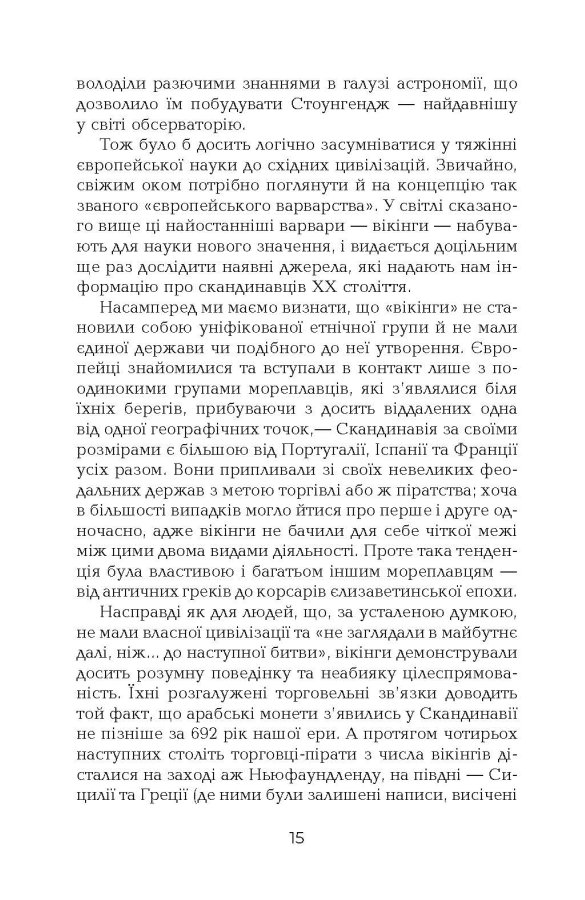
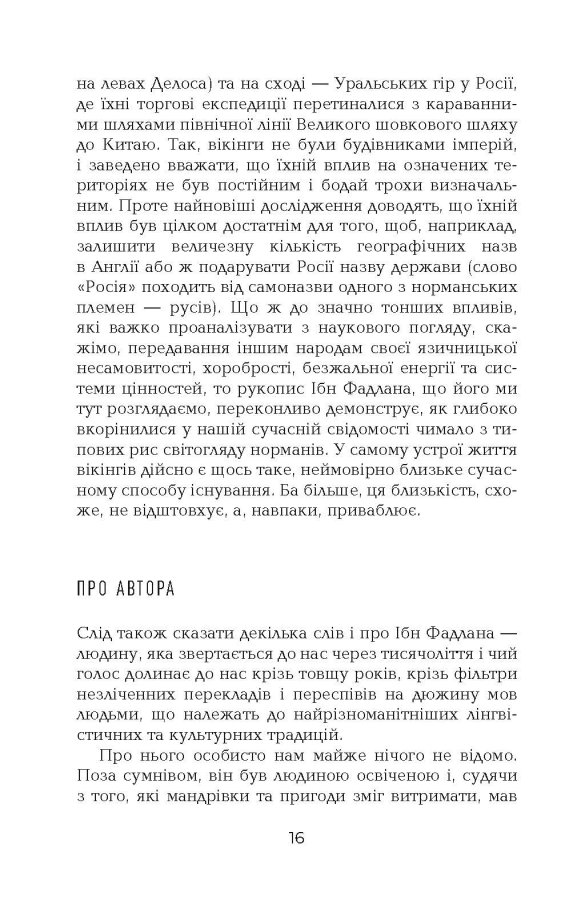
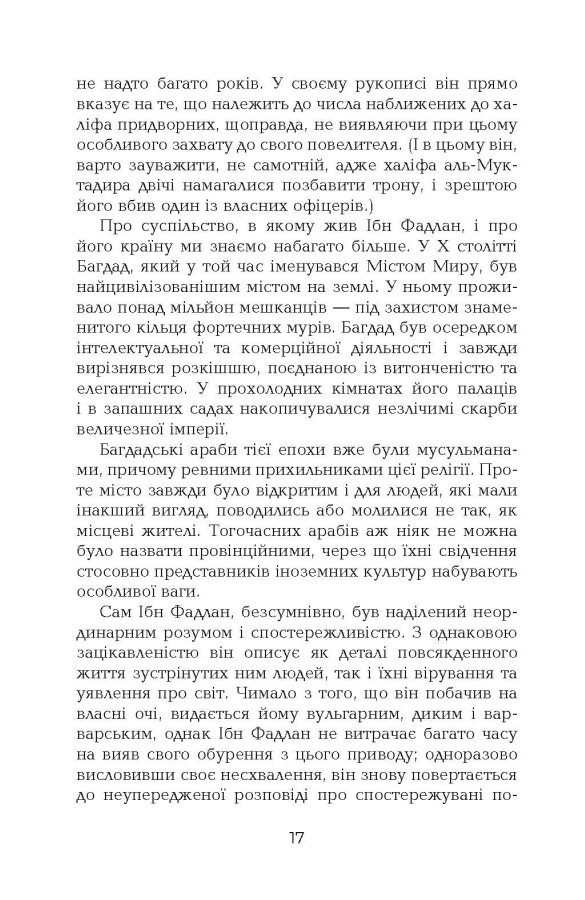
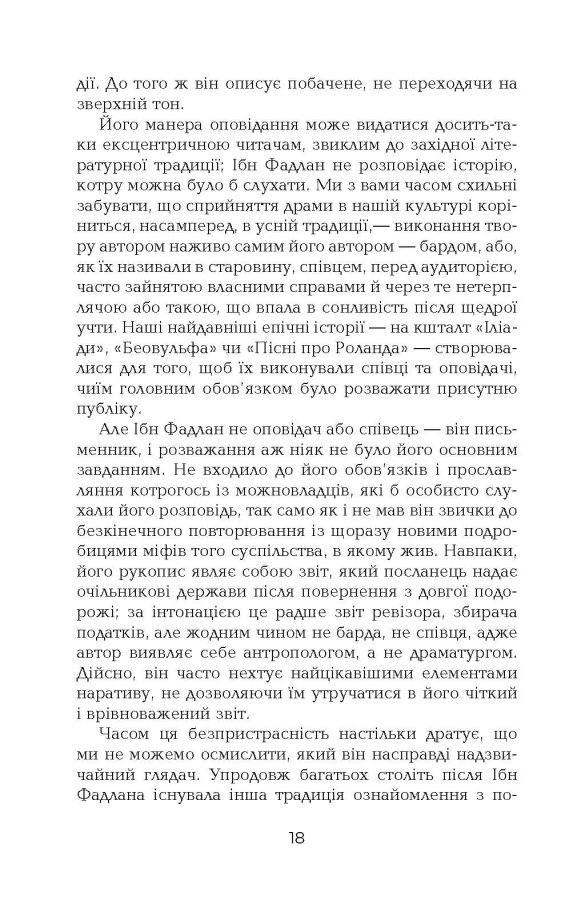
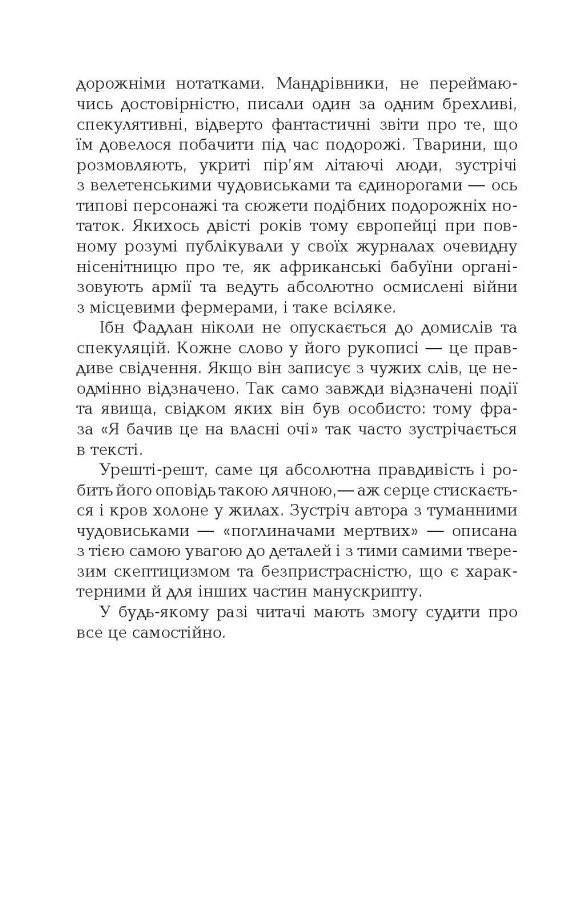
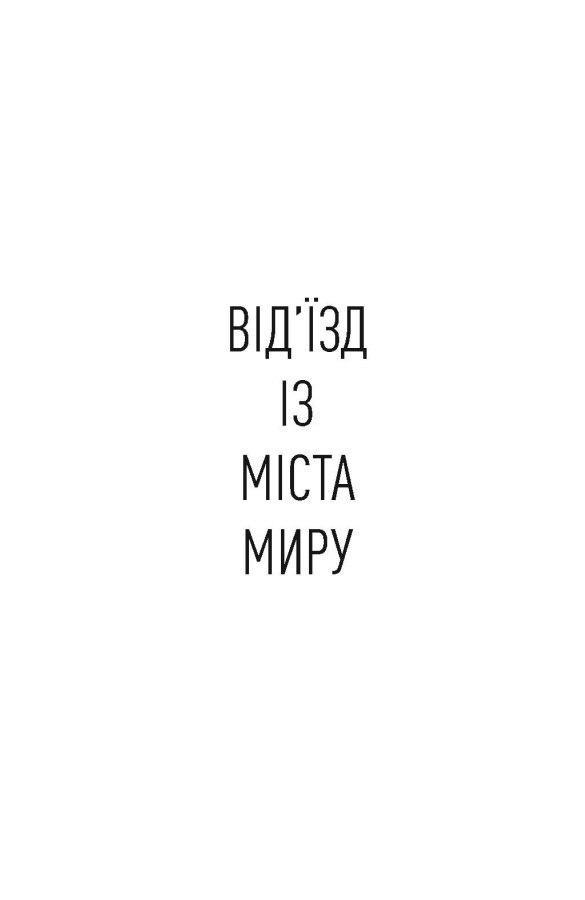
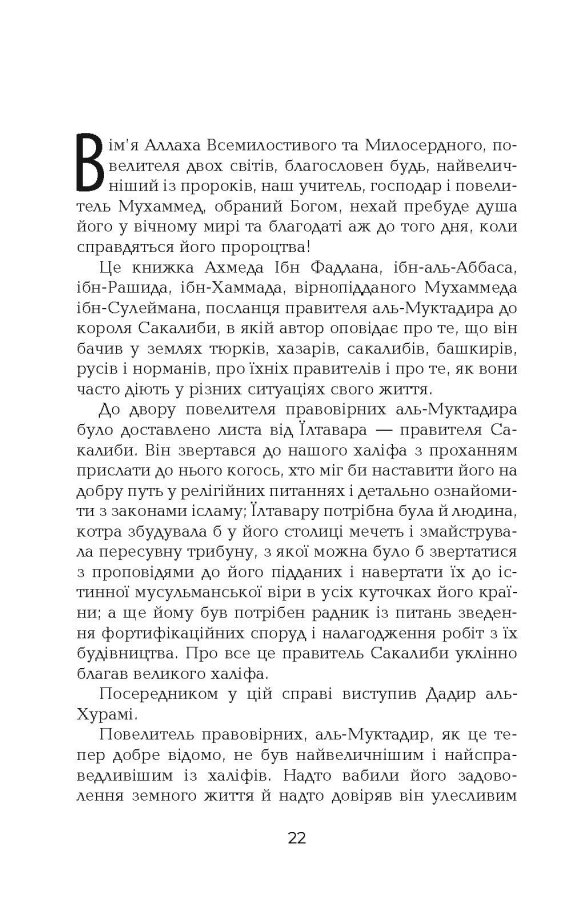
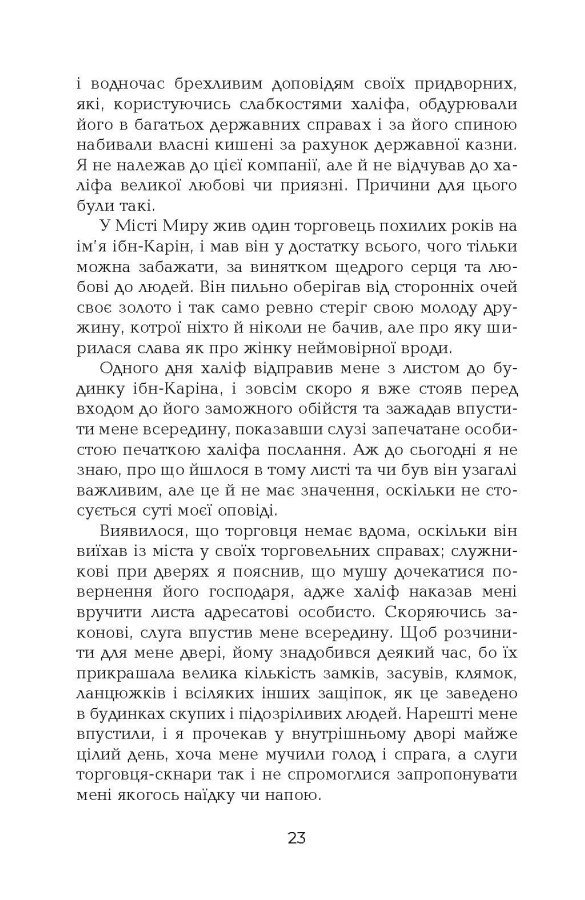
Про книгу
Ця історія розпочалася майже одинадцять століть тому. Ахмед Ібн Фадлан, придворний халіфа Багдаду, вирушив із місією до правителя булгарів. Та примхлива доля звела посланця з вікінгами і закинула далеко на північ. Мандрівник, який зненацька втрапив у саму гущу смертельно небезпечних пригод, ретельно занотував усе, що бачив на власні очі, і залишив по собі рукопис, який і досі привертає до себе увагу. Та насправді всесвітньовідомим цей рукопис зробив неймовірний Майкл Крайтон.
Також Вас може зацікавити:
Автори
Відгуки
Залишити відгук
Вже прочитали? Оцініть книгу від 1 до 5:
30 відгуків для Світовий бестселер : Поглиначі мертвих
Світовий бестселер : Поглиначі мертвих
4 в наявності
Швидка покупка
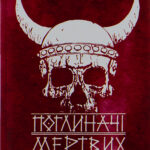
Ваше замовлення вже у нас!
Найближчим часом наші менеджери опрацюють його та зв’яжуться з Вами для уточнення деталей. Дякуємо, що обрали Портал!
Очікую!
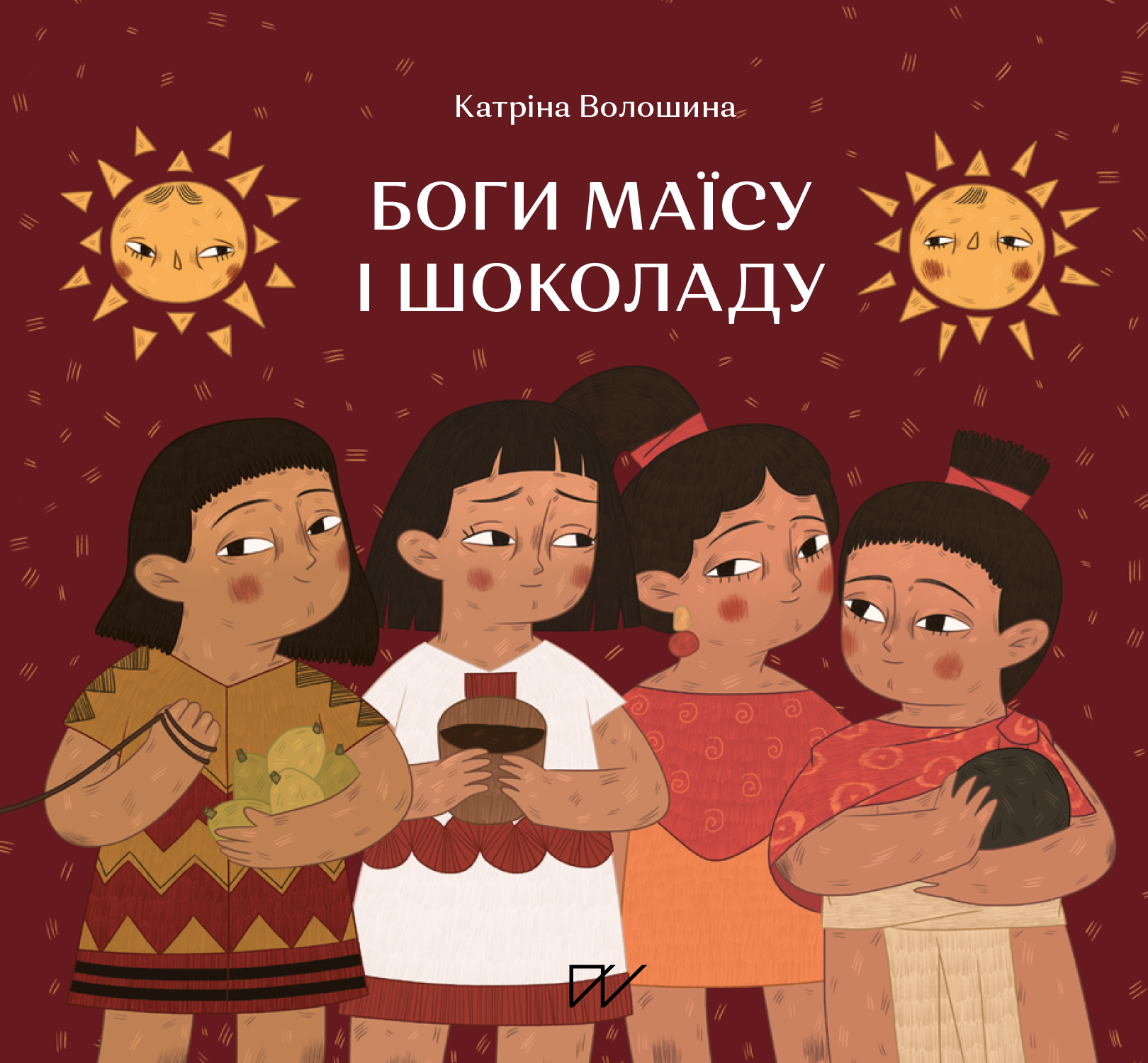
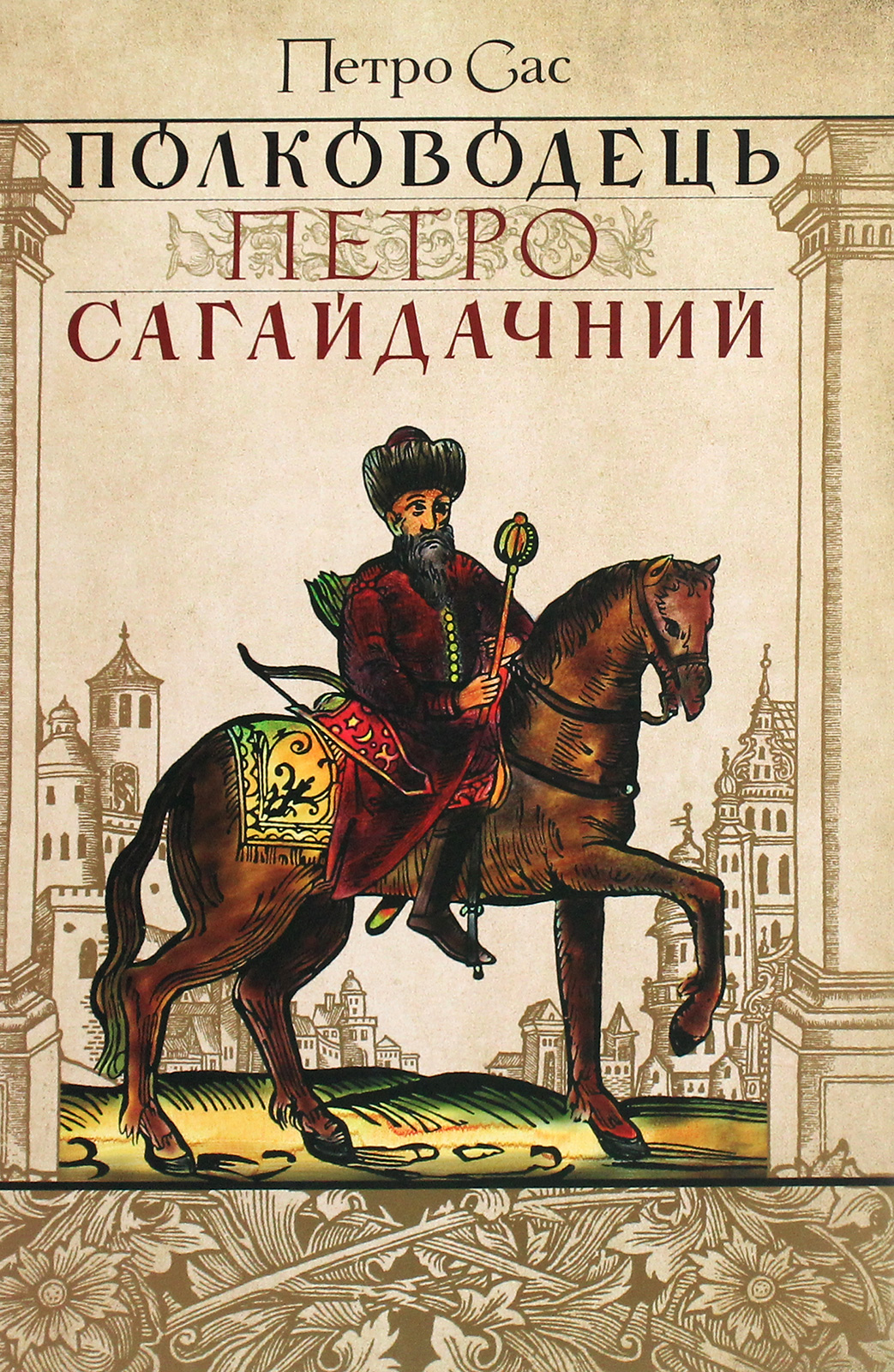
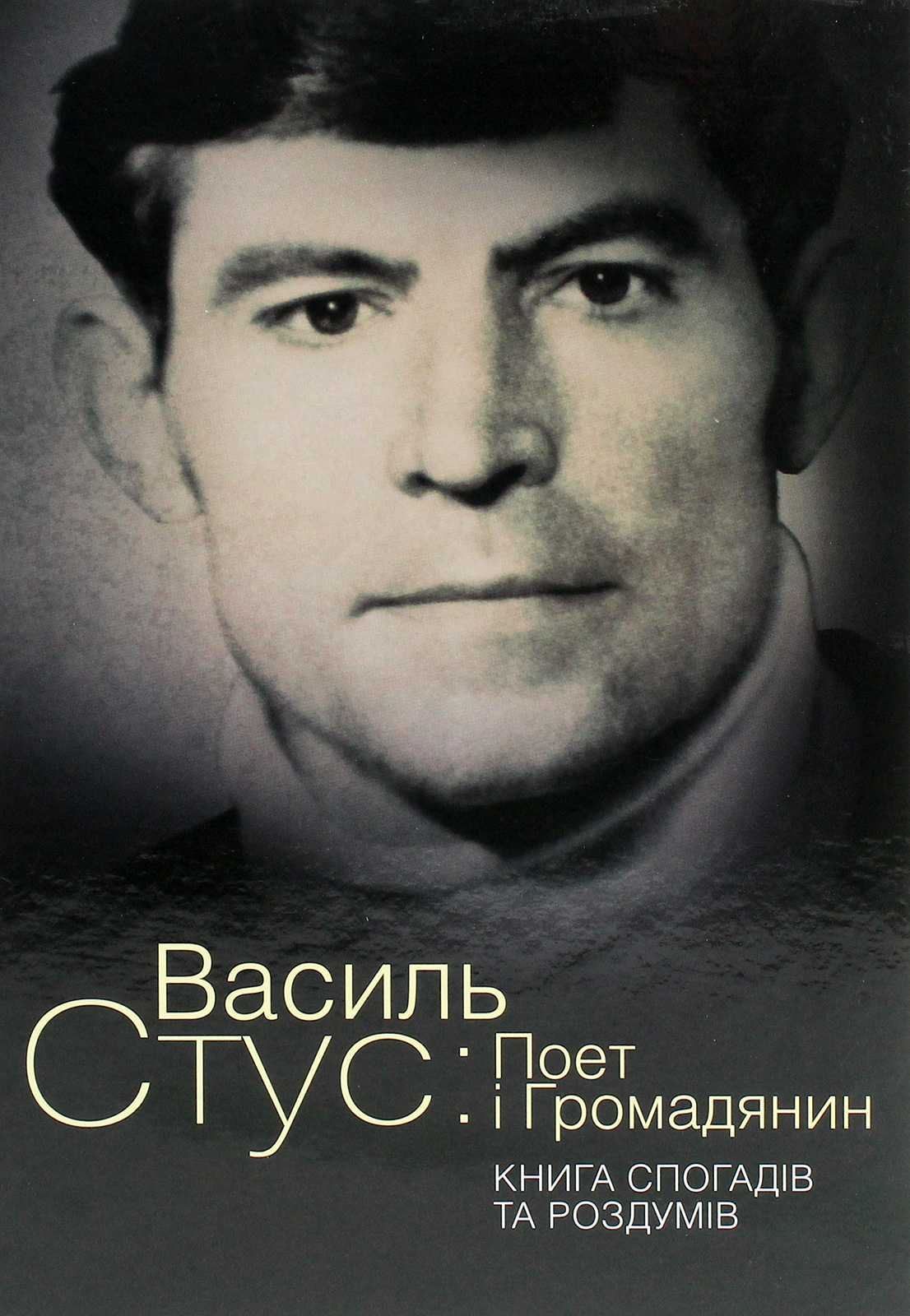

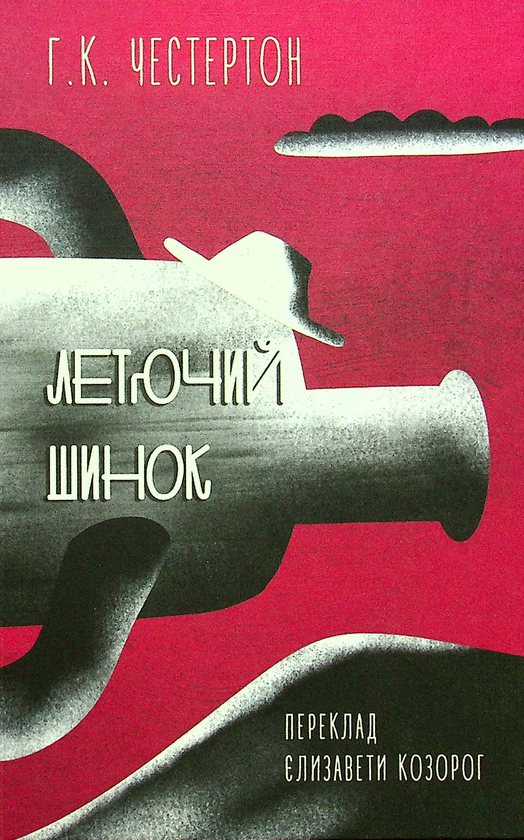
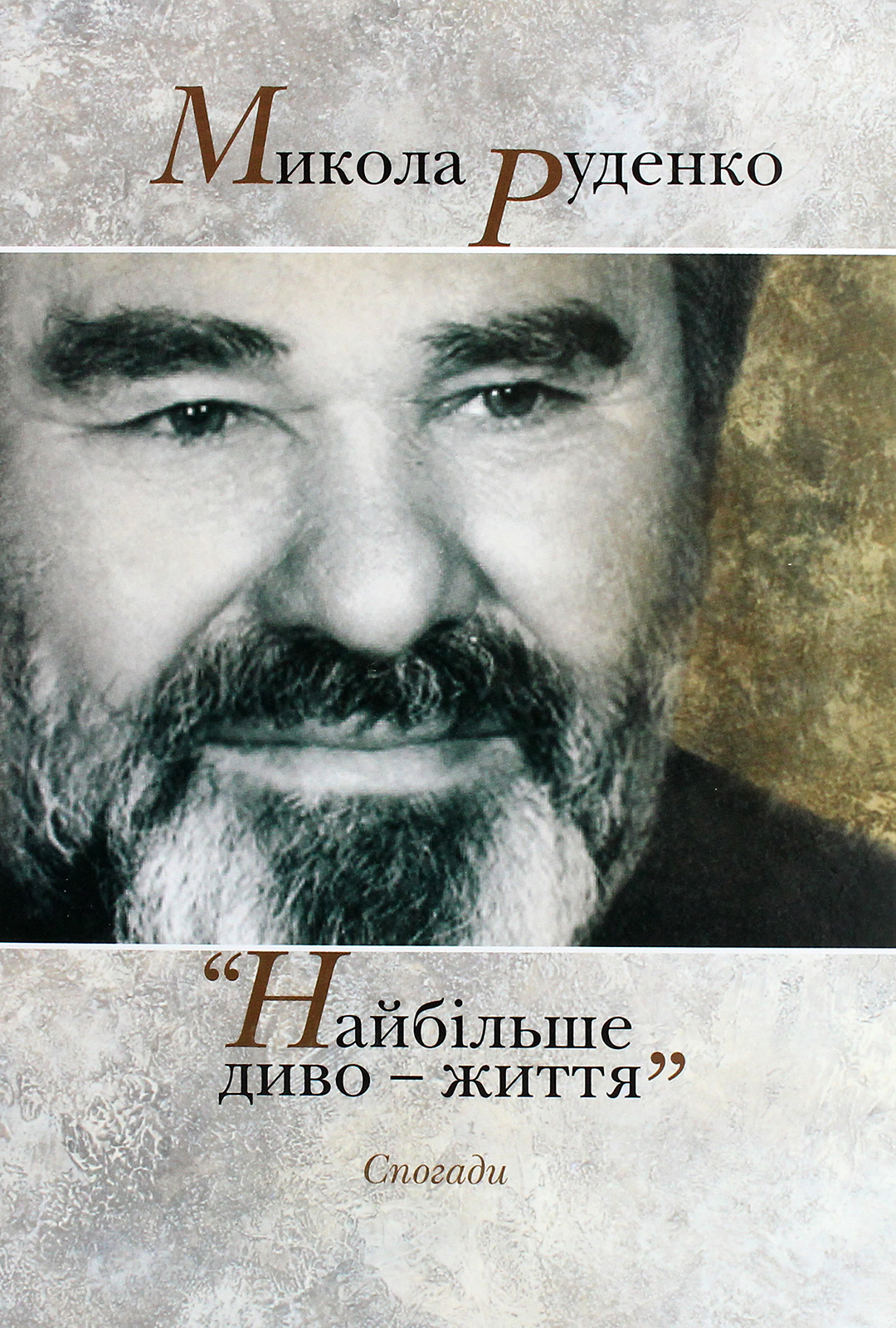
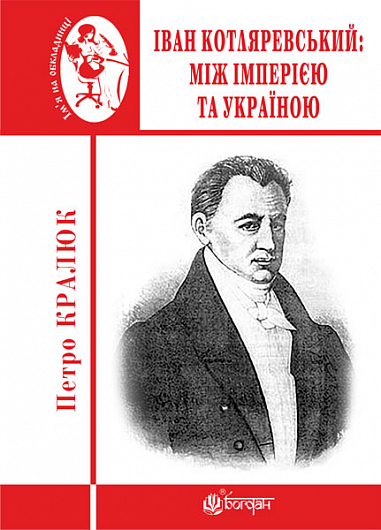
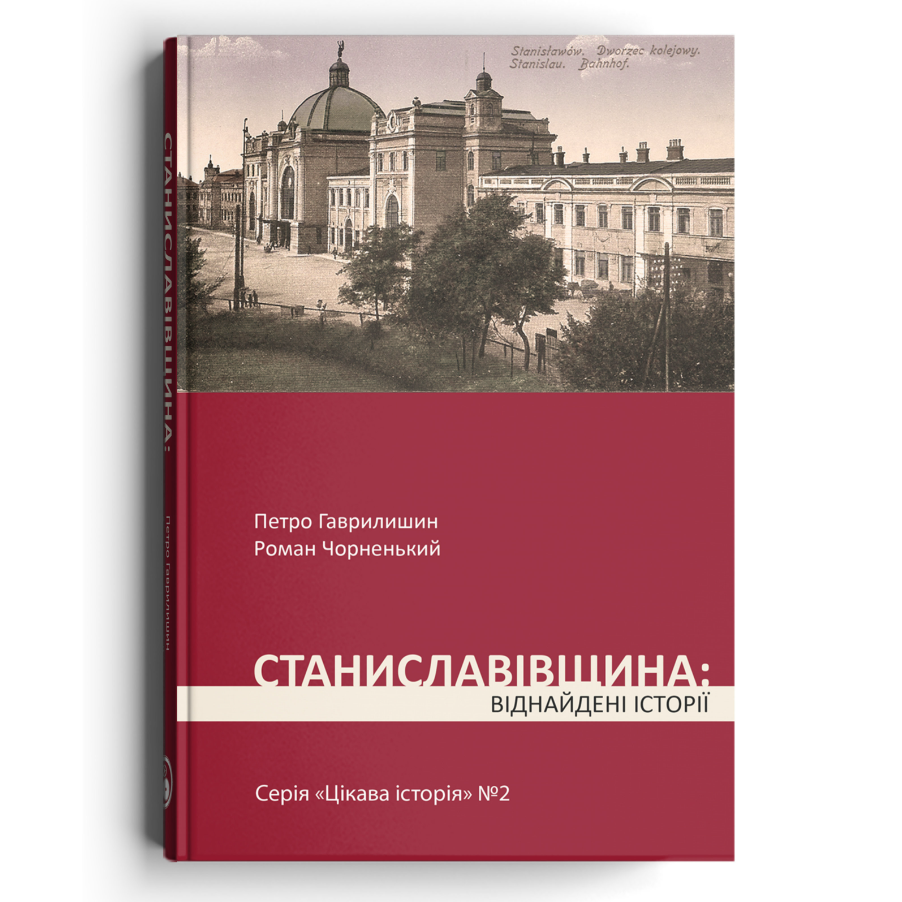
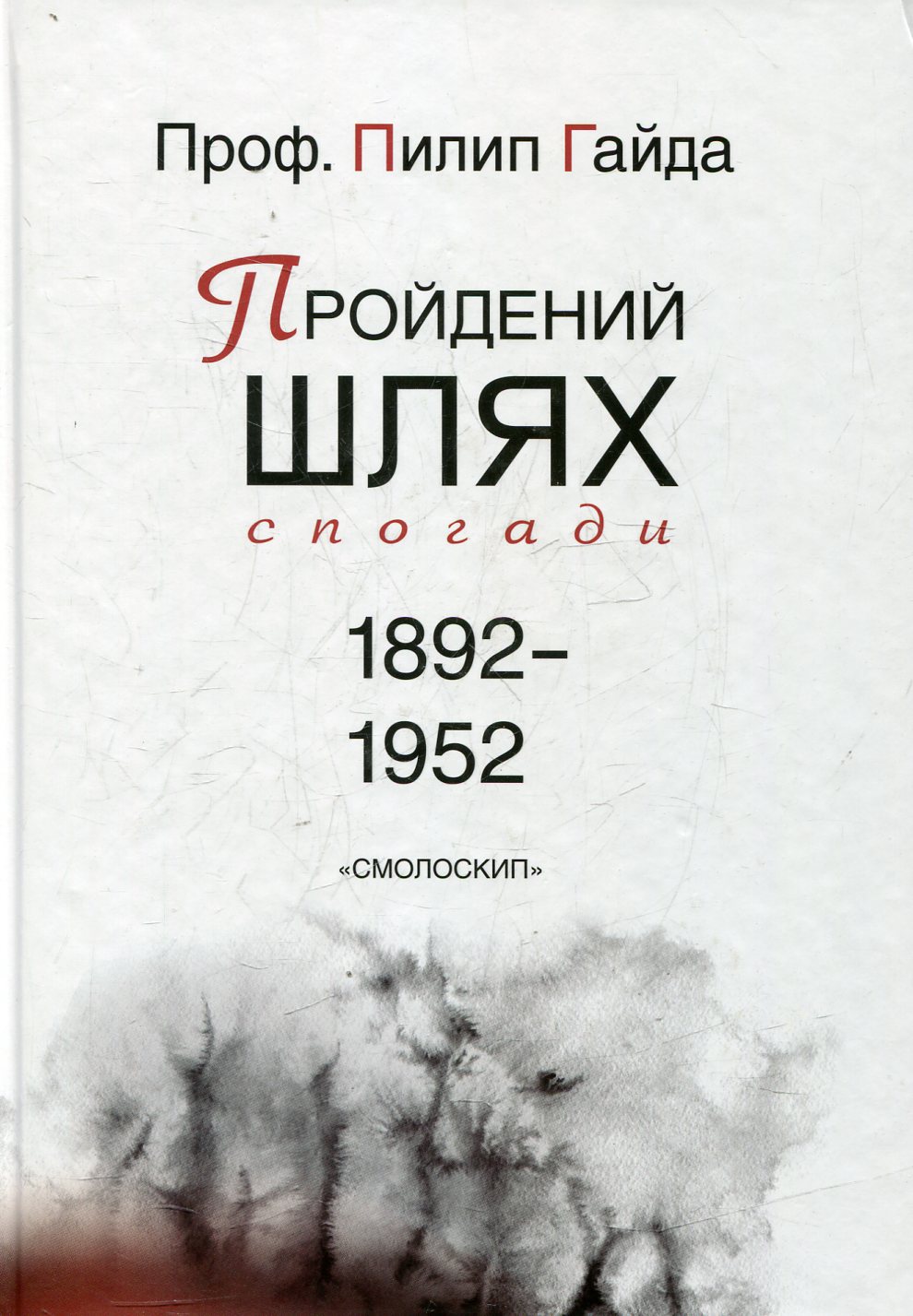
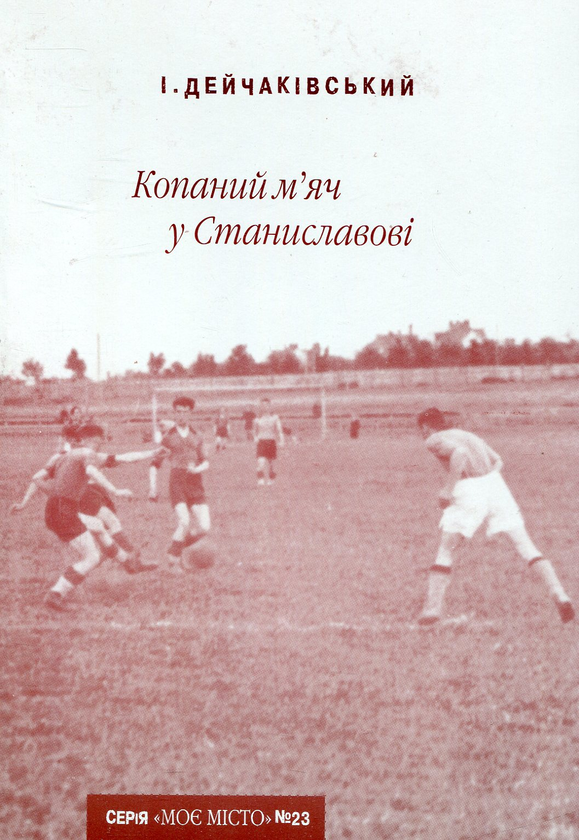
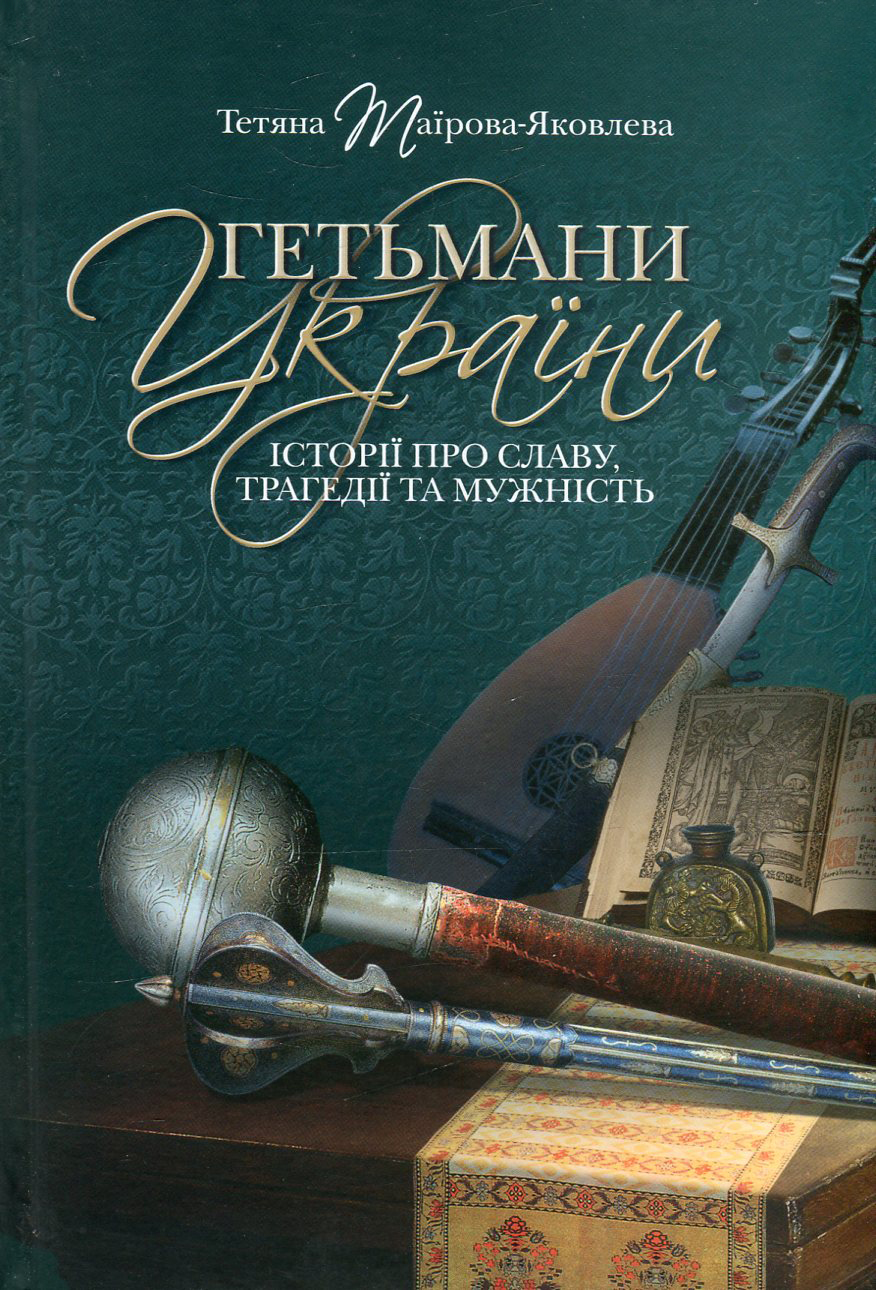
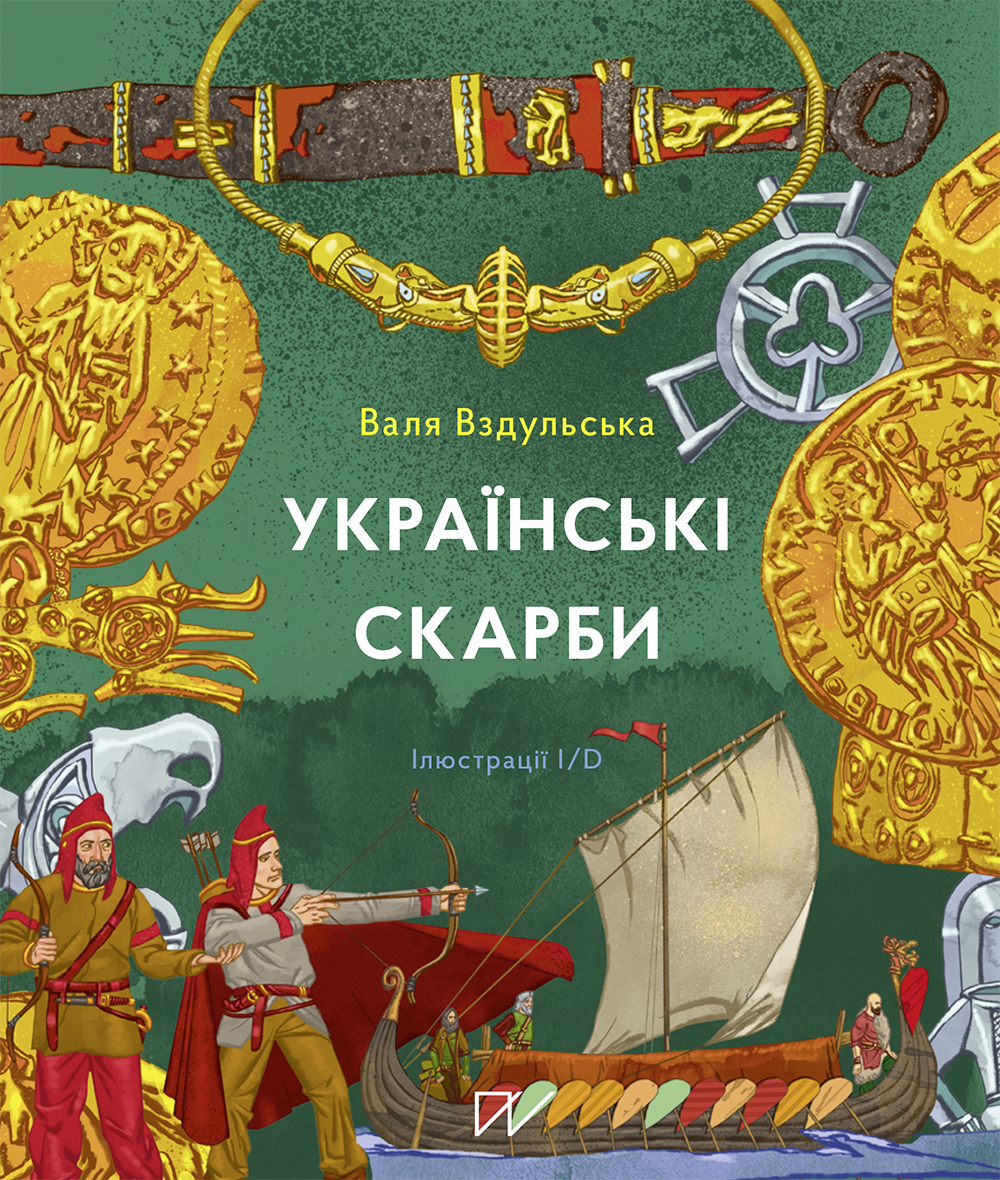
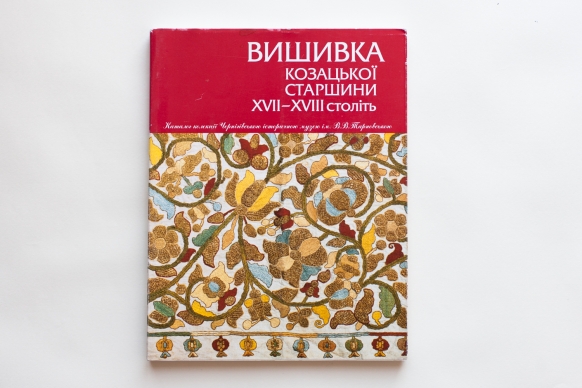
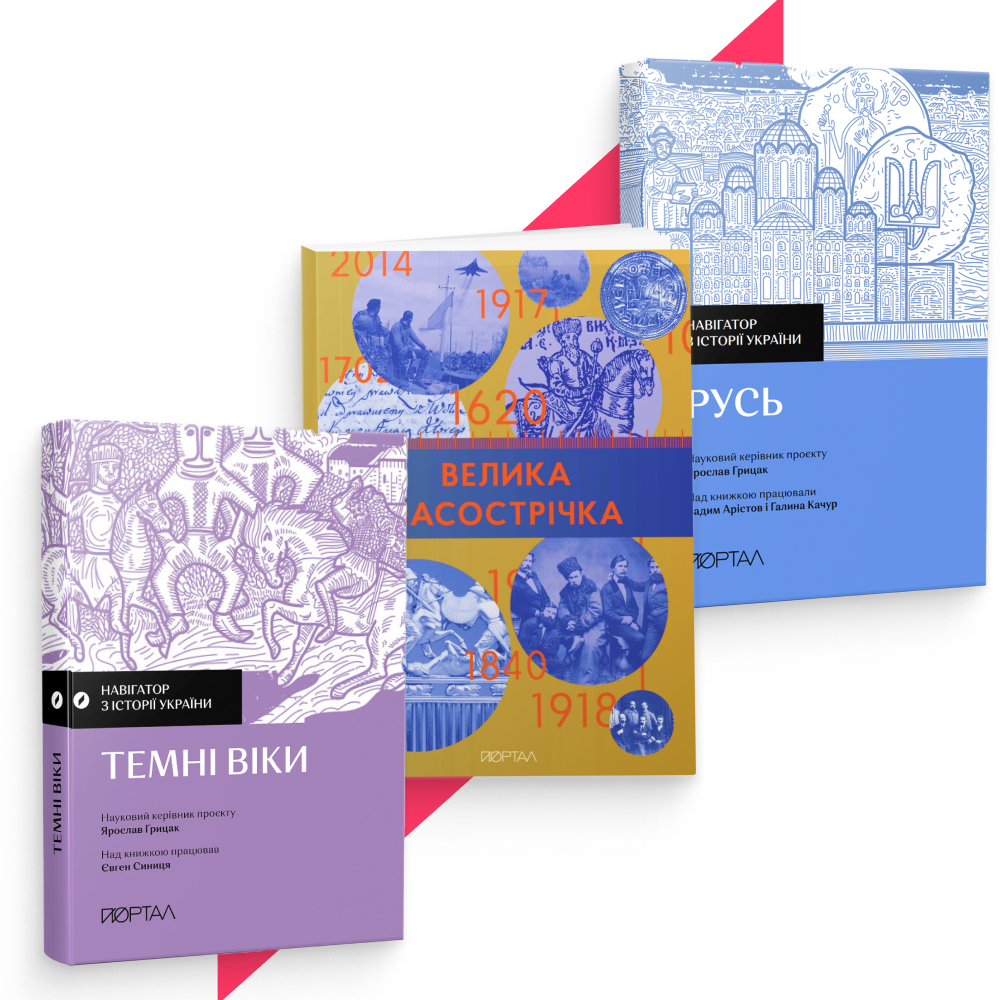
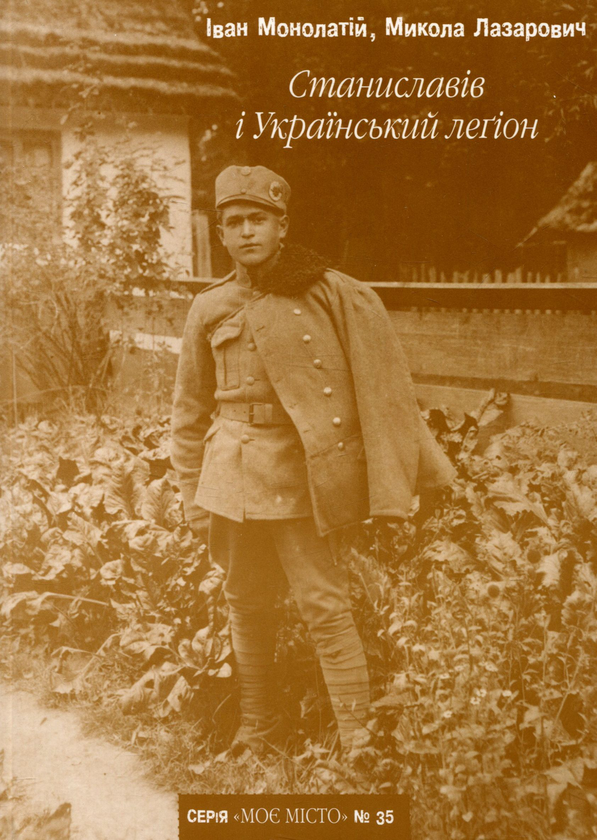
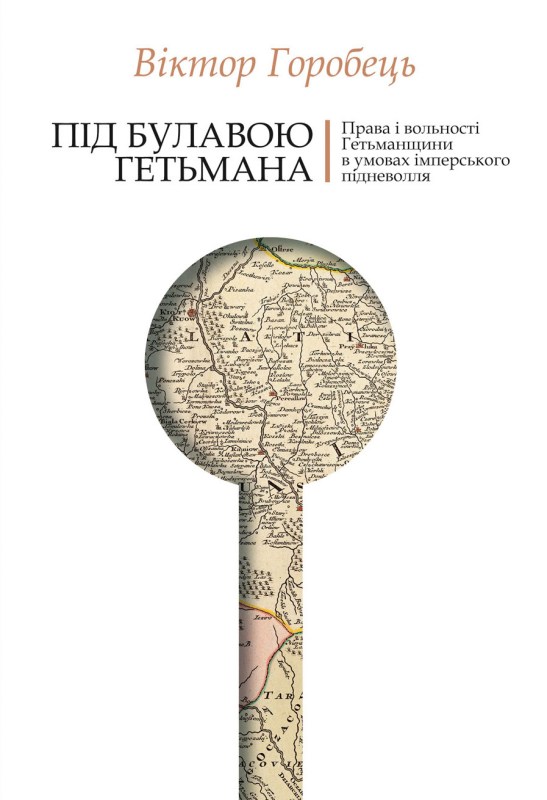
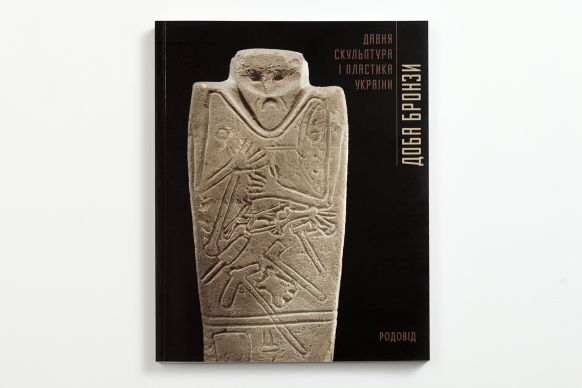
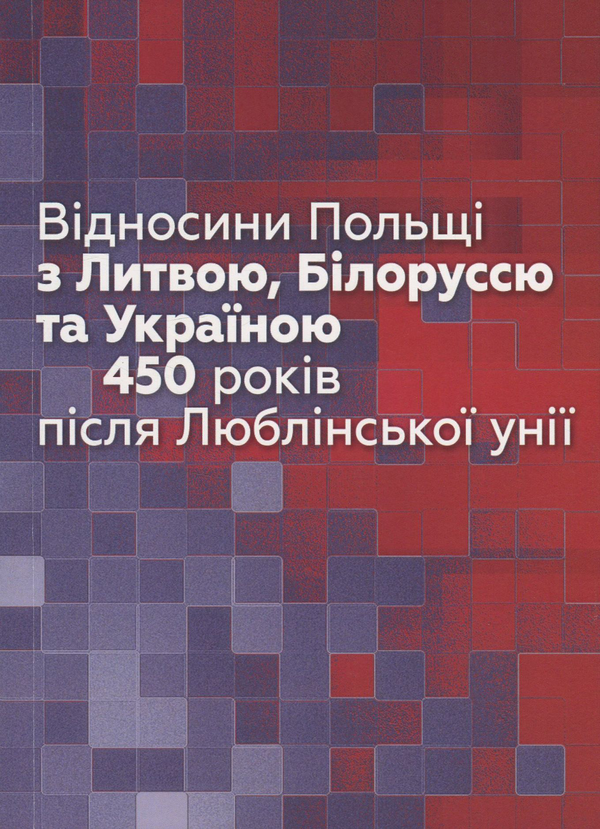
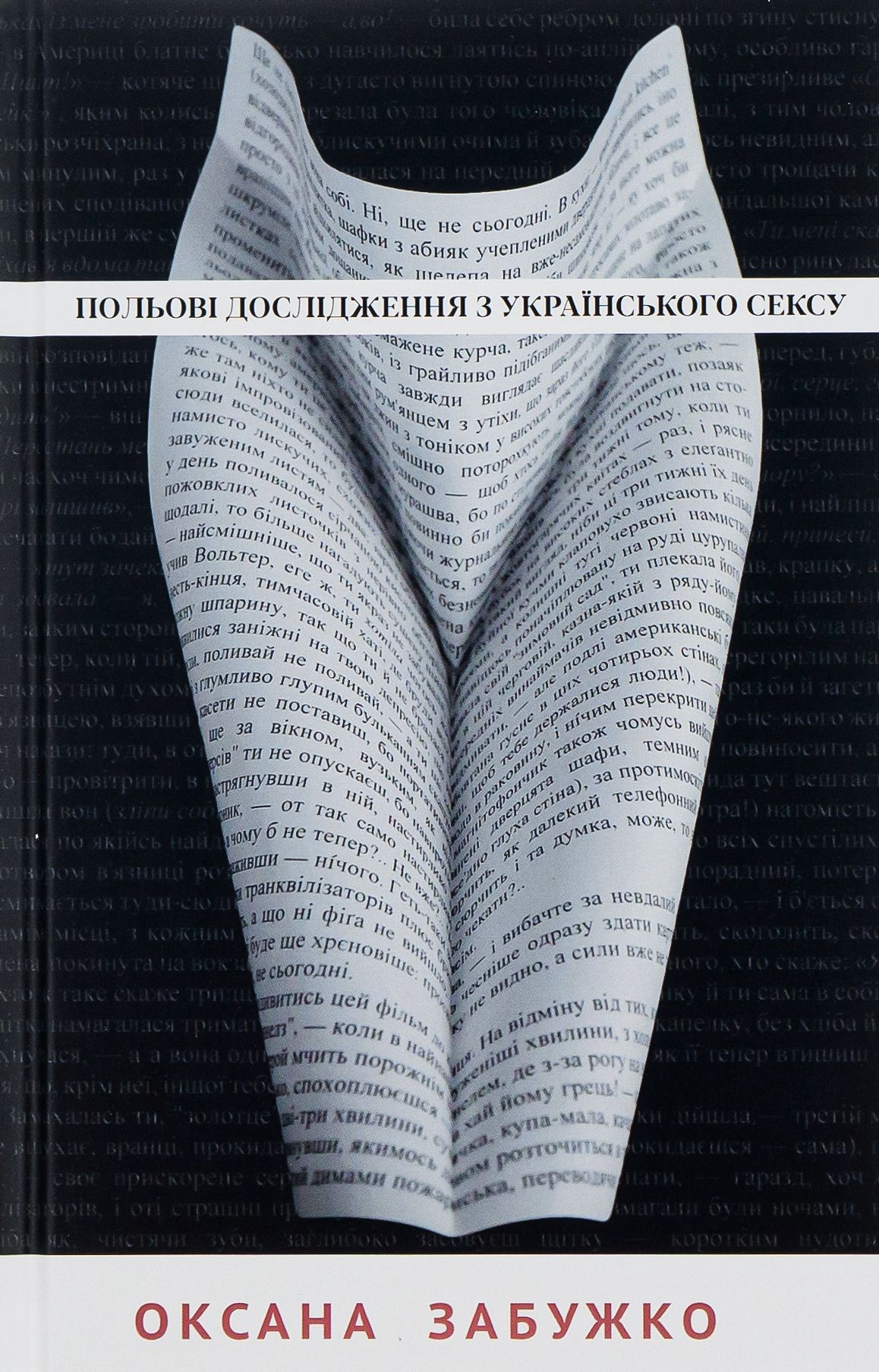
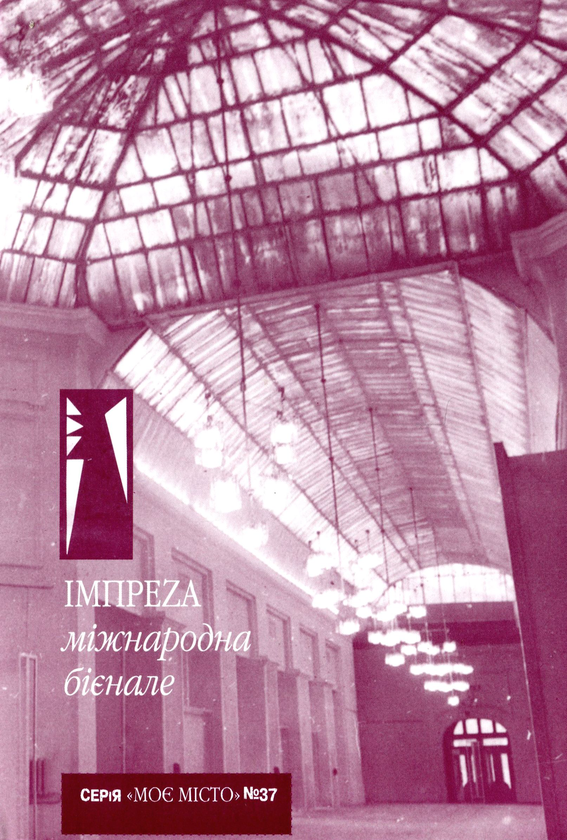
Ruli –
I have to confess, the first time I read this book I thought it was a real manuscript, and that Crichton was just putting it for us in book form…until I got to the epilogue. That was when I understand that Crichton is an amazing story teller.Digging around, I found out that Crichton did the book out of a bet that he could not make Beowulf interesting. And what a book he came out with!The book tells the story of an Arab ambassador Ibn Fadlan, as he traveled from Baghdad and hooked up with a bunch of Vikings trying to rid a land of a monstrous terror. Basically Beowulf.What I found truly captivating was that it was written as a manuscript. The whole thing reads like a travel journal of an extremely observant man. Written matter-of-factly with no attempts of embellishments or even attempts to make the story more dramatic. Its a great book.5/5.
Kim –
I’d been wanting to read this book ever since I found out the movie The 13th Warrior was based on it. I’m a fan of historical fiction and thought this would be right up my alley. It was a decent read, shorter than I expected and better than the movie. I love the blending at the start of real excerpts from an historical document with the fiction of Beowulf. It was short though and could have used a bit more depth to the characters and the various cultures. You didn’t really care about any of the characters and the fighting and battles was over too quick.An airport thriller, this book is just something to eat some time without making you want to burn it later.
Billy –
Very well done if you understand Crichton’s purpose…,I think that the confusion with this book arises from the fact that people don’t understand what Crichton accomplished. This is a retelling of Beowulf, in a first person, narrative, entertaining form.The narrator, Ibn Fadlan, is an actual Muslim writer from the 10th century. The first 3 chapters of this book are actually from his original narrative. Crichton then moves from there in to the fictional portion, using Fadlan as a first hand observer of the events surrounding the Beowulf story.Considering how dreadful Beowulf was (admittedly mainly due to barriers of time, language and perception of what is entertaining), Crichton has accomplished a very difficult task. He has rewritten a very long, very boring epic and made it concise, easy to digest and entertaining.I hated Beowulf; I found it to be dreadful, boring and longwinded.This is a wonderful retelling of the story. I highly recommend that any lover of historical fiction read this book.If you are a fan of Crichton’s more mainstream work (i.e. Jurassic Park, Andromeda Strain, etc.) you may want to read a few more reviews and see if you can find a snippet of this story online as it is completely different from his other works. The closest novel of Crichton’s that I could compare this to would be Timeline and even that is a stretch because Timeline involved Sci-Fi type elements where this is strictly a narrative from the 10th century.I heartily enjoyed this and was only put off by the ending which just ended. Seriously, be prepared because there is no ending. The book just stops and moves on with an appendix, a historical note and a bibliography. That was a bit annoying. I don’t remember if Beowulf did the same.Still, very well done, very entertaining and very good historical fiction.
Mark –
i really enjoyed reading this book, i loved the film. i have never read anything written in this style at all. it reads like a travelogue. its a slow start but the stories flow draws you in, the paces picks up half way Through the book.please read or watch the film or do both which i highly recommend to all who read this.Eaters of the Dead
Terri –
Let me preface this review by saying Eaters of the Dead is not fantasy. It seems often shelved by people as fantasy, but it is not. There are some fantasy ‘themes’ eg the story is based on Beowulf, and that is all. A whiff of potential fantasy that is no more than a whiff.I thoroughly enjoyed the book, although I think it should nearly be classed as a novella. That is what I regard it as. The movie The Thirteenth Warrior is a favourite of mine and I was pleased to see it did not drift too far from the book. There are some differences, but for the most part, they run very close to each other.Ibn Fadlan is a fun head to be in and it was his narration that made this book unique for me. I have to give the book 5 stars. There was really nothing I didn’t like.
Arun Divakar –
In a time when history was an infant, any traveller from a far off land would have been treated a curiosity. To imagine Marco Polo or Ibn Battuta at a place I know of in a time far ago would have been a most amusing thing. This story speaks of one such seemingly unnatural pairing : an Arab in the land of the Vikings. In a time when Baghdad was a shining gem, the Arabs were sophisticated and erudite. They were travellers, warriors, traders and poets and this was built on the intensely fertile intellectual landscape that the country nurtured. On the other hand, the Scandinavians were primarily a war like group. While they attained great highs in culture, literature and the arts they were treated for a long time as barbarians. This was partly thanks to the adventures of the sea faring Vikings. An Arab among the Vikings would have been a peacock in the land of penguins and it is exactly one such scenario that Crichton uses here.Do not let my earlier paragraph fool you for this is no cultural study. Right from the onset of the tale, it is abundantly clear that this is a light read in the vein of a historic action thriller. Crichton relies on the travels of a man Ibn-Fadlan into the lands of the Vikings and mixes into it the soul of Beowulf. What comes out is a small but swift story of sword fights and a hero-quest. I quite liked the rather crazy idea that there might be still a small tribe of feral and cannibalistic band of primitives in the last outposts of humanity who can wreak havoc in the psyches of a yet evolving culture. The mist monsters that Crichton conjures up here were to me equal parts Grendel and humanity’s fear of the unknown. There is also the fact that the narrator Ibn-Fadlan is a very prosaic and pragmatic narrator and at times his exploits read more like a trade agreement than a dramatic rendition of a bloody conflict. Such a dry-as-dust style in fact works to the benefit of the story and was quite enjoyable.On the flip side, there is hardly any character development. When the story finishes you don’t even know an inch more of the characters than when you began reading. The author speaks of the antagonists, the Wendol as something equalling the ancestors of man and yet they fight on horseback and a convincing argument about their cannibalism is not given out. They are left to us the readers as an enigma and not a fully explored force of primeval terror. All factors considered it is a decent enough thriller and at the hands of someone like Crichton, the pace is fast enough to deliver a good read.
Mark –
In the opening of this book written in 1976 Michael Crichton rightly critises the historians who discarded the role of the Vikings in Europe during their period of reign. And as such I was quite interested in this novel. I had seen the movie based on this novel and was treated by some other viewers afterwards to the pub and half of them turned out to be historians and they were rather more positive on the subject of the role of the Vikings in Europe and Russia. And recently there was this brillaint 3 part BBC documentary on the Vikings in Europe.So when I found this third printing June 1976 HC novel in a bargainbin it was a no-brainer to buying and reading it. Ibn Fadlan is the protagonist through whom Michael Crichton tells the story. The original idea behind writing the book was to relate the story of Beowulf in such a way that it would be more acceptable to today’s readers. The manuscript of Ibn Fadlan was incorporated to suit this purpose. Michael Crichton mentions that only the first three chapters are based on historical data and the rest is ‘speculation’ of what could be possible. Crichton assumes the survival of the Neanderthal man at least till the time of Ibn Fadlan (circa 922 CE), and he incorporates the legend of Beowulf (which is commonly dated much before the time of Ibn Fadlan) into the remaining chapters. The facts (the first three chapters) are seamlessly blended with Crichton’s views; which are accompanied by some very detailed footnotes.In the afterword of the book Crichton writes – ‘Under the circumstances, I should perhaps say explicitly that the references in this afterword are genuine. The rest of the novel, including its introduction, text, footnotes, and bibliography, should properly be viewed as fiction.’What can I say that this book has been a pleasurable read even if it is different from mr Crichton’s other novels, who read just as well. I found that the tale steered clear from straight fantasy and does come up with an explanation for the characters of the Baddies, which are explained in the appendix. I found the book far more insightfull than the movie based upon it.would recommend easily
Rabbit {Paint me like one of your 19th century gothic heroines!} –
This book was everything I have been looking for lately.Violence? Check.Great story but not overly done background stories nor weighed down by unnecessary details? Check (while I love these things usually, sometimes you gotta take a break).Motherfucking Vikings? Check(I really want to watch this show!!)This book was a lot different than his usual stuff that I have read, but still really enjoyable. Thanks Sarah! 😀
Perry –
THE 13th WARRIOR
We come from the land of the ice and snow,From the midnight sun where the hot springs blow.The hammer of the gods will drive our ships to new lands,To fight the horde, singing and crying: Valhalla, I am coming!Page/Plant, Immigrant Song, 1970.The idea for the book came after Crichton heard his pal giving a lecture including Beowulf as among the Bores of Literature. Crichton notes in an appendix that the book is based partly on the Beowulf myth).The full name of this 1976 novel was
Eaters of the Dead: The Manuscript of Ibn Fadlan Relating His Experiences with the Northmen in AD 922.
After being made into a movie under the title, The 13th Warrior, the book was republished for a time under that name.The book is basically told as a edited translation of the account written by Ibn Fadlan, a Persian ambassador conscripted by a group of Vikings (probably from Sweden) as the 13th warrior in a hero’s quest to save a northern kingdom from a group of “mist monsters” called “wendol,” a group of vicious savages, perhaps surviving Neanderthals, who wear bear skins in battle. After battling with the wendol (probably based, in part, on Grendel), they must fight Grendel’s mother:I was somewhat disappointed by the lethargic lulls and the story’s underdevelopment. On the other hand, the action sequences were quite thrilling. As usual, Crichton’s research was impeccable and provided an education on the Vikings and a more modernized account of Beowulf. If you enjoyed Beowulf or you’re a Viking connoisseur, you should like this.
Love of Hopeless Causes –
I liked the movie, and I like Crichton, but this structure isn’t for me. Seems a bit self-indulgent. Shouldn’t the story be the focus? Twenty pages of fake-real historical placement? Then just massive fast forwards? DNF.
Gabrielle –
Arabian Nights meets « Vikings » : how did I put off reading this book for so long when I loved “The 13th Warrior” and when I have a huge weakness for Vikings? I don’t know. Maybe I have way too many unread books piling up everywhere in my apartment, so some titles slip through the cracks. But my husband had not seen “The 13th Warrior”, so we sat down to watch it the other day and I realized I had a copy of “Eaters of the Dead” somewhere, that was patiently waiting for me to get around to it… No time like the present!This book is a fictionalized account of (actual historical figure) Ibn Fadlan, an emissary of the Calif of Baghdad, sent on a diplomatic mission in northern Europe, and enlisted more or less against his will in an adventure to rid a Viking village of a mysterious an terrifying enemy. He travels with Buliwyf and eleven other seasoned Viking warriors to the kingdom of King Hrothgar, where they are told that the Wendol have been attacking the village and eating the flesh of their victims.The style of this book is not exactly breezy, but what Crichton did was to try and imitate the style of the 10th century travelogues. Ibn Fadlan is an absolute outsider: he doesn’t speak the Northmen’s language (he communicates with them in Latin, with the help of Herger, one of the warriors who speaks that language fluently), he can’t really get over their women’s behavior, or the culture’s rather particular views on cleanliness. But the record of his observations and adventures give the world an early version of the legend of Beowulf… except, historically plausible. Crichton took off with the idea that all myth have a core of veracity somewhere, and that centuries of embellishments by bards, troubadour and so on have left us with only fanciful stories that don’t seem all that believable. The tone might turn some readers off: it is written in a very old-fashioned style, so it’s often repetitive, but it’s filled with great descriptions and interesting footnotes meant to help the reader interpret this translation of an ancient text. I personally found it fascinating, just like discovering an ancient manuscript that gives you a glimpse of a world long gone. If Chrichton had tried to stretch this out any longer, it would have been ponderous and annoying, but at about 200 pages, its perfectly constructed to be a diverting and surprisingly informative read!
Karl Marberger –
A quick, fun and informative read.
Sr3yas –
Oi, Are you ready to ride towards Valhalla with mighty Viking warriors?
Step right into this ship, dear fellow.
“Animals die, friends die, and I shall die, but one thing never dies, and that is the reputation we leave behind at our death.”
In Eaters of the Dead, Crichton forms a holy matrimony between facts and legends, as he seamlessly combines the accounts of Ahmad ibn Fadlan, a famous 10th-century Arab traveler, with the legend of Beowulf, the Viking warrior who fought against the unholy monsters. The novel is structured as the account of Ibn Fadlan, who was traveling from Baghdad to Bulgaria. On the way, he meets many tribes and eventually comes across the mighty Vikings. Now, here is the fun part: As per Ibn Fadlan’s eyewitness account, Vikings are extremely dirty and barbarous bunch, even according to 10th century standards.The history diverges into a “What if” story when Ibn Fadlan is forced to join warrior Buliwyf and his company’s quest to the north. Their mission? To protect the lands and defeat the deadly mist monsters. What Crichton tries in his novel is to recreate Beowulf into a factual story, coupled with a detailed explanation of Viking lifestyle and philosophy. It works at certain parts, especially during the journey to the north and with the characterization of Buliwyf and Herger, but stumbles with the mist monster legends and prophecies, which feels out of place because of the realistic portrayal of events.Nevertheless, the story is action-packed, and the unique retelling indeed brings diversity to Crichton’s works.
Speesh –
The film The 13th Warrior was, as I’m sure you are aware, absolutely superb. A classic Viking film and one of those to take on a desert island. As long as the desert island had electricity, plugs, and you had a BluRay player and a tv…anyway, it is absolutely essential viewing for anyone considering themselves anything of a Viking aficionado. I knew it was based on a book by Michael Crichton called Eaters of the Dead, and thought nothing much more, other than I had to read that book one day. Which I have now done. So then, imagine my surprise when – as clearly the last person on the planet to find out, or realise – the book on which the film is based, actually mixes in Ibn Fadlan’s manuscript with the legendary poem Beowulf! Well, bugger me sideways!If you do know the bones of the Beowulf story – that’s me – then you will, as I did, recognise the elements Michael Crichton uses here. According to the man himself, the first three chapters of the book use Ibn Fadlan’s manuscript, then we’re into a re-telling of the important bits of Beowulf. The book is more than just the basis for the film, it’s written as though it is all by Ibn Fadlan, who travels with the warriors back to Scandinavia and takes an active part in their adventure there.The Beowulf element that develops as the Vikings receive an important message from Scandinavia, calling on them to return ‘home.’ But they need Ibn Fadlan to make up the war party, as the Soothsayer has determined that there must be thirteen warriors making the trip back and that one warrior must not be a Norseman. So Ibn Fadlan is roped in as the 13th Warrior. It is then a stripped down, imagined version of the Beowulf legend, as Michael Crichton set out to make it. A sort of ‘to explain the original events that might have become over time and retelling, the Beowulf legend as we have it today, it might have happened this way.’ The main themes though are all present. The warrior called to help fight an unimaginable evil, finally confronting the mother of all mist monsters herself. Beowulf is a classic us against them story. Insiders against outsiders. In the Viking period, where everyone was together in Longhouses for both comfort, safety and warmth and tales were told of creatures than moved, unseen or half-glimpsed out in the forests and the dark, inside the Longhouse at night, against outside the Longhouse at night. Inside, in the light, was the good, outside in the dark and mist and unknown, was bad. The mist monsters of Michael Crichton’s legend, we don’t really need him to tell us, represent the last vestiges of Neanderthal man, pushed to the edges of the Vikings and Homo Sapiens world, kept to themselves. Michael Crichton posits that they could have survived into recored history and were misunderstood and therefore feared. The Vikings fear of them is really Xenophobia, though that is in stark contrast to their acceptance, both in Ibn Fadlan’s original manuscript and here in Eaters of the Dead, of Muslims and Muslim culture. The only anti-Muslim comments aren’t really anti- at all. “How silly!” is about as far as the Vikings go when presented with a view that is different to theirs’.Ibn Fadlan was actually Ahmed Ibn Fadlan (In Arabic: أحمد بن فضلان بن العباس بن راشد بن حماد Aḥmad ibn Faḍlān ibn al-ʿAbbās ibn Rāšid ibn Ḥammād, 921–22) and was sent out to report on the peoples of the areas in the far north of the Muslim consciousness, by the Abbasid Caliph, Al-Muqtadir. The report he compiled on his travels and observations of the Bulghars, Khazars and the Rus, is called The Risala. I have a Penguin Classics version which is a factual work based around his manuscripts – or copies and versions included in other works, because, as is frustratingly common, the original is now lost. I haven’t read that yet, so I’m afraid I can’t give you acomparison just yet.The Michael Crichton book here, is written – he says – in the style of Ahmed IF, to appear as if it is a complete, contemorary document of his travels to the meeting with the Viking Rus and onwards – or backwards – with them to confront the title’s eaters of the dead. On that front, it to me works very well indeed, he has accomplished his aim. The annotations especially had me fooled, before I got to the afterword… I was captured and absolutely hooked by the book, helped no doubt by my regard for the film and trying to imagine the film while reading the book. I raced through it, footnotes and all, in just a couple of days. My only regret being it wasn’t twice as long. That said, it isn’t a post-film dramatisation or a version they filmed from. Though if you have seen the film, you’ll know where you are with the book. What the book does, better than the film, is retain the sense of the Viking warriors Ahmed Ibn Fadlan met.They were shockingly different to him at the time and really should still be to us. Nowadays though, our idea of what the Vikings were like, is rather a rather safe one, with many of their sharp cultural contemporary differences softened. Michael Crichton keeps the feeling of awe, often shock, Ahmed must have felt and preserves something of the strangeness the Vikings were even to their own contemporaries. The film, no less fantastic, but maybe due to its rocky path to completion, does fudge some elements – though never goes full Tony Curtis, Kirk Douglas, Ernest Borgnine “ODINNNNN!” Vikings on us.The regard historians have for Ahmed Ibn Fadlan, is because his is the first, and if I’m not much mistaken, the only contemporary account of an aspect of Viking culture we have. ‘Have found so far,’ as I live in hope of ‘them’ finding others. Where this is different to other contemporary accounts of the Vikings, for those of you mithering “just a moment, what about “save us from the fury of the Northmen” and similar?” Well, problem for us is that they pretty much only consist of “oh lord God, we have sinned and we deserve this punishment, but send more firey dragons!” or were written many years after any content, for a specific purpose. To scare the non-believers mostly. The point with Ahmed Ibn Fadlan’s text is it is un-biased, non-judgemental (on the whole) observations of what he saw. Which is what his patron required of him. The famous parts of his texts are the only contemporary account of a Viking ship ‘burial,’ descriptions of their washing habits and their physique we have. As Michael Crichton says, it can’t follow actually chronologically on from Ahmed’s encounter, as the Beowulf legend is much, much older. But in Eaters of the Dead there are no such problems and it all works splendidly well. As well as any scholar might hope to discover one day written in a contemporary manuscript.My Book Blog: Speesh ReadsMy Facebook Page: Speesh ReadsMy Pinterest: Speesh Reads
Tim –
Awful. Don’t waste your time. Much despised gory violence. 0 of 10 stars!
Lee (the Book Butcher) –
I love the backstory of this book, and liked the execution. for those who do not know Crichton says the inspiration for this book came from a teacher friend calling Beowulf a boring classic. The ever studious Crichton took this as a challenge to make a more intriguing version. the result is a thrilling manuscript style narrative involving a real historical figure Ibn Fadlan a 10th century Muslim ambassador who did have contact with the Norseman. bringing together two culture often ignored by western historians is brilliant. I for one am really fascinated by both cultures. especially the Muslim caliphate which Carried on classical Greek/Roman culture, art, math, philosophy, and sciences through the “dark ages.” western civilization owes a lot to the Muslims we demonized during the crusades. written in such a non fiction style it’s not surprising that many would not like this book calling it dry and too matter of fact. the question of reality is always in the reader mind how much of the Fadlan Norseman’s account did Crichton leave in tact. Crichton says this was by design as he is always fascinated by what historical documents we take as real and what we dismiss as myth. as a history buff who occasionally reads non fiction I was really pleased with the style and execution. you feel like you are learning from the translator annotations. Eaters of the dead is very successful historical fiction novel from a premier Sci-fi author this should not surprise because his style is always in the vain of a classically trained scholar like Jules Verne or H.G Wells. his one often critic is he can be a little to obsessed with educating his reader which take away from the suspense. but the premises for his plots are always rock solid and well researched. I did find Eaters of the dead more enjoyable than the version of Beowulf I just read and thought it imparted a better knowledge of Norse culture!
أثير –
اتوقع هذا أفضل كتاب قرأته في ٢٠٢٠ وأفضل مثال لنوعي المفضل من الكتبالعنوان ممكن يعطيكم فكره ان الكتاب مرعب أو خيالي ويتكلم عن مخلوقات الزومبي لكن في الحقيقه هو بعيييد كل البعد عن الخيالحكايته واقعيه مأخوذه من مخطوطة الرحاله المسلم أحمد ابن فضلان اللي حكى فيها رحلته لما أختطفه الاسكندنافيين وهو في طريقه لانجاز مهمه (أو رجال الشمال كما يسمون بالكتاب ، اللي هم الفايكنق الخ..) ويصف لنا ابن فضلان طريقة عيشهم ومعتقداتهم واسلوبهم في الحياه والحروب وايش شاهد في ترحاله معهم يقدم هذا الكتاب نظره عن العالم في القرن العاشر الميلادي وكيف كانت حياة الشعوب قديماً جميييل جداً وممتع
Calista –
I read this back in the mid to late 90s as one of the first books of Michael Crichton’s. I read it before the movie came out. I remember ripping through this story, it was great. I hadn’t read anything about vikings and this was unusual. The movie is well done and worth watching. Michael Crichton is an amazing author who I don’t hear people talking about his work, but his books are worth remembering even as he is gone.A group of vikings, 12 to be exact is going to check out mysterious deaths happening in the north countries. There is a moor who becomes our eyes into the story and he is the 13th warrior. The scene that I’ll never forget was at the beginning when the vikings are about to take leave and they are washing their hands and faces in this bowl of water and they spit and snot into this water as they go. The moor is so disgusted as was I. I was so grossed out that it stuck with me and when I think of this book, that is the first thing. But, the story is full of mystery and action and its a quick read.I highly recommend this to others.
Eloy Cryptkeeper –
“Los animales mueren, los amigos mueren, y yo moriré, pero una cosa nunca muere, y es la reputación que dejamos detrás al morir””El nombre wendol o Windon es muy antiguo, tan antiguo como cualquiera de los pueblos de las regiones del Norte, y quiere decir «la niebla negra». Para los nórdicos significa una niebla que trae consigo, bajo la protección de la noche, a unos demonios negros que asesinan y matan y comen la carne de los seres humanos. Son velludos y asquerosos al tacto y al olfato. Son feroces y astutos. No hablan lenguaje conocido por ningún hombre y sin embargo hablan entre ellos. Vienen con la niebla de la noche y desaparecen con el día, donde no hay nadie que ose seguirlos””En aquel momento uno de ellos lanzó un grito, invocando a Odín, un alarido de súplica, repetido muchas veces con el mismo fervor, y vi al monstruo con mis propios ojos”Primeramente aclarar que es una historia de ficción, que pretende ampararse en un manuscrito supuestamente real. Son las crónicas del arabe ibn-Fadlan . Quien fue enviado a la región nórdica (similar a las crónicas de Marco Polo por Asia-Siguiendo la ruta de la seda). se vera involucrado en una misión junto a guerreros Escandinavos, que se enfrentaran a una tribu primitiva, La cual los nativos consideran “Demonios”.*Guarda algún paralelismo con la leyenda de Beowulf.Esta novela sale de los parámetros del autor. ya que la mayoría de sus obras de tratan de ciencia ficción, ciencia propiamente dicha o thrillers científicos.En esta oportunidad se trata de una aventura épica. Que posee barreras delgadas entre historia, ficción, mitología y superstición. En medio de todo este contexto épico… Reivindica algunas creencias sobre los pueblos nórdicos o escandinavos. Saliendo un poco de la costumbre de considerar que el rotulo de “civilización” es solo para las pertenecientes a occidente y que profesan el cristianismo. A su vez que demonizan o barbarizan las demás. Acá pretende ser un poco mas objetivo ,contextualizando y también desacreditando algunos anacronismos…. Esto lo lleva a cabo mediante los choques culturales(utilizando al mismo narrador, y su evolución junto a estos pueblos. Y como cambia un poco su propia apreciación, a la par de su adaptación)A su vez, plantea una interesante visión sobre la teoría de la supervivencia de seres humanos primitivos.al ser un supuesto diario o crónica, hay muchas cosas que son interpretativas y otras que son guiadas por notas del autor y un posterior apéndice.
Oriente –
Szerintem ez egy mestermunka!Akik kedvelik a fikció határán egyensúlyozó irodalmi és egyben intellektuális játékokat, azok tobzódni fognak ebben a (részben fiktív) történeti forrásokon alapuló (fiktív) tudományos szövegkiadásnak és szövegkompilációnak álcázott kvázi kalandregényben. Nagyon jól szórakoztam, igazi kikapcsolódást jelentett Ibn Fadlán kora középkori, úti beszámolója.
Brett C –
I enjoyed reading this adventure-action story. This is my first Michael Crichton novel and I thought it was pretty good. It is a historical fiction about an Arab emissary on his way to aid the king of the Volga Bulgars. But his journey gets sidetracked when he encounters the Vikings. He is marked the ’13th Warrior’ and must go with the Vikings on a quest to the north. The story then takes off when they undertake their mission in fighting a ruthless evil. It’s definitely not my favorite book but it wasn’t bad either. I saw the movie when it first came out so I can’t really tell how it compares. I could see the ‘Beowulf’ elements and that was cool. Overall it’s a fun, quick, and decent adventure story I’d recommend as a weekend read. Thanks!
Fotis Ips –
Όταν έπιασα το συγκεκριμένο βιβλίο θεωρούσα ότι θα είναι ένα μυθιστόρημα γεμάτο αίμα και φανταστικά τέρατα. Μάλλον, έπεσα κάπως έξω, αλλά δεν δυσαρεστήθηκα καθόλου!Το βιβλίο είναι πολύ ενδιαφέρον και αρκετά σύντομο θα έλεγα σαν ανάγνωσμα, που θα το χαρακτήριζα περισσότερο “επικό” με ό,τι αυτό μπορεί να σημαίνει. Η ιστορία ενός ανθρώπου που ταξιδεύει στο πλευρό των Βορείων για να αντιμετωπίσουν τους Νεκροφάγους. Πολύ ωραίες λεπτομέρειες σχετικά με συνήθειες, ήθη, έθιμα και πολιτισμούς εκείνων των χρόνων, ωραία γραφή που ντύνει εξαιρετικά την όλη ατμόσφαιρα, ενώ και οι διάλογοι είναι απολαυστικοί. Οι αναρίθμητες σημειώσεις από άλλους συγγραφείς και η παρουσίαση πληροφοριών για την στήριξη ή αντιπαράθεση υποθέσεων είναι το κερασάκι στην τούρτα!Το βιβλίο πρέπει να διαβαστεί ειδικά από τους φαν του είδους, καθώς ορισμένες στιγμές μάχης είναι τρομερές.
Skallagrimsen –
Ibn Fadlan was a tenth century Arab traveler and diplomat. He is remembered as the author of the earliest known anthropological description of Vikings, whom he encountered, far from their home and his, in modern Russia. Just one tantalizing scrap of Ibn Fadlan’s account survived to modern times. Back in the early 1970s, Michael Crichton copied that scrap. Then, in a berserker fit of inspiration, he unleashed his powerful imagination on it, transforming Ibn Fadlan into the protagonist of an epic adventure. Crichton’s version of the Arab traveler tells the tale of how his Viking hosts invited him (that is, compelled him at the point of a sword) to join them on a mission back to their Scandinavian homeland. There they must defend a tribe of Northmen against a terrible and apparently supernatural threat, a horde of savage monsters who erupt and kill from the cover of the thick northern mist: the horrifying “Eaters of the Dead.” The story that unfolds is by turns gripping and gruesome, a delicious blend of action, violence, horror and suspense that builds to surprising yet logical conclusion.But Eaters of the Dead isn’t just an effective thriller. It’s also an ingenious piece of metafiction. In an “academic” introduction, it presents itself as a work of scholarship, the true story of Ibn Fadlan’s historical journey. Crichton pretends to have painstakingly reassembled his narrative from disparate sources, and rendered it into modern English. “Scholarly” footnotes interspersed throughout the text add a sense of verisimilitude. (Crichton mischievously implies that Ibn Fadlan’s account is the historical source of the legend of Grendel and Beowulf.) If I’d been just a bit younger when I discovered this novel, I probably would have taken the framing at face value. It’s a splendid touch, deftly executed, and an indication of the serious depth of the author’s research. I find myself revisiting Eaters of the Dead about every five to seven years. Each rereading has only confirmed my admiration. I feel more confident than ever to assert this heterodox opinion: Crichton was superior to “serious” historical novelists like Gore Vidal when it came to depicting people of the distant past. Crichton imbues his medieval Arabs and Northmen with rare sense of authenticity. Vidal’s ancient Romans and Persians come across almost like twentieth century cosplayers by comparison. The literary artistry of Eaters of the Dead remains underappreciated.The Thirteenth Warrior, the film adaptation, is a mixed bag. I like the casting of Antonio Banderas as Ibn Fadlan. I like its handling of the language problem, and certain of its visuals: for example, its Viking ships battling against the stormy sea. But the film doesn’t come close to achieving the hair-raising horror of the source material. It doesn’t feel as deep or real. I understand why it’s a cult classic. I’d call it good, not great.
Julio Bernad –
Audioreseña en mi podcast Dragones y Replicantes en el programa “Hablamos de libros 2”: https://go.ivoox.com/rf/105223137Encuentro este libro francamente desconcertante en su propósito. Es como si prologo y libro sufrieran de esquizofrenia: incapaces de ponerse de acuerdo, el segundo omite todo lo que el primero defiende, o intenta defender. En el prólogo, Crichton nos cuenta su proceso de escritura, cómo dio con las crónicas originales de Ahmad ibn Fadlan, el protagonista de la novela y embajador real del califa de Bagdad en tierras vikingas, y cómo el imaginario colectivo, moldeado a partir de cuentos románticos decimonónicos, operas wagnerianas y cintas con Kirk Douglas y Toni Curtis surcados de cicatrices, han popularizado un mito del vikingo como salvaje sanguinario, tan bruto como buen guerrero, mortal con la espada, sus brazos y su fuerte olor corporal; paganos supersticiosos que no tiemblan ante el enemigo más pero sí ante un mal augurio; masas de músculo curtido por la cellisca tan impenetrables que ni el oxígeno les alcanza al cerebro. Es decir, vikingos de toda la vida de Dios. Crichton quiere que olvidemos a esos barbaros sedientos de sangre, que tomemos su crueldad como propaganda cristiana y veamos a un pueblo noble, organizado, contemplativo, no más violento que sus vecinos sureños. Tal es su intención que no toma como narrador a un monje católico, pues considera que un cronista musulmán estaría más libre de prejuicios sobre los pueblos nórdicos que las víctimas habituales de saqueos e incursiones. En palabras del propio Crichton, “mucho de lo que vio [Ibn Fadlan] le resultó vulgar, obsceno y bárbaro, pero no perdió mucho tiempo en manifestar indignación”.Entonces, ¿qué es lo que nos cuenta Michael Crichton?Una historia de vikingos sangrientos, hediondos y supersticiosos que se lían a espadazos contra una raza desconocida de homínidos caníbales. En efecto, el retrato que Ibn Fadlan hace del pueblo vikingo es el que se esperaría cualquier lector. Y eso de que el narrador no juzga no es del todo así, pues el mahometano, pese a lo muy adaptable que demuestra ser, no deja de ser representante del su califato, probablemente la cultura más desarrollada y civilizada (al menos bajo sus ojos) que habitaba en Europa en el año de nuestro señor 900, y por tanto deja bastante claro que los vikingos son lo que uno esperaría, a saber, una jauría de perros infieles, lascivos y corrompidos por su insaciable sed de hidromiel y muerte. Que sí, sermonear no los sermonea, porque el muchacho tampoco es imbécil y sigue queriendo conservar una cabeza que cubrir con su turbante, pero deja por escrito todas sus impresiones. Así que, me pregunto, ¿para qué ese pellizco de monja en forma de prólogo si luego vas a escribir la misma sarta de topicazos que críticas?Lo mismo me la estoy cogiendo con papel de fumar. Empiezo este cuarto párrafo y aún no he hablado del libro en sí. Pero es que no me ensañaría así si el contenido del libro no fuera lo que es: una serie de lugares comunes que son el “a,b,c” de las historias de vikingos. Nada luce especialmente, en parte debido al estilo ramplón y aburrido del narrador, que cuenta toda la historia como quien escribe un albarán: dando fe de lo que vio, como fiel testimonio, sin adulterar sus vivencias con literatura. Crichton explica en su prologo -¡otra vez el maldito prologo!- esta elección tonal. Este es ante todo un documento histórico, escrito por un embajador a su soberano, en el que da cuenta de los usos, costumbres y políticas de sus vecinos norteños, con los que puede ser, o no, mantener relaciones comerciales fructíferas. Por eso el texto, pese a narrar una lucha contra una raza de hombres antediluvianos y caníbales, es así de soso: no es un cantar de gesta, sino una crónica. El problema de esta elección es que, si bien ganas en verosimilitud, sigue siendo un estilo igual de soso, aburrido, carente de épica y sentimiento, una enumeración de hechos descritos con la precisión de un contable. La historia que se nos cuenta, además, es una actualización en clave de ciencia ficción del cantar de Beowulf de la mano del autor de Parque Jurásico. Con esto quiero decir que los añadidos de ciencia ficción tienen la misma base científica que los dinosaurios homicidas de la isla Sorna. En este libro, la gran amenaza entre la niebla, son neandertales supervivientes del último máximo glacial que incursionan en territorio vikingo para secuestrar su cena. Como lector esta amenaza me parece brutal, lo mejor de la novela sin duda alguna, un Grendel a la altura de nuestro Beowulf. Como paleontólogo me plantea muchas preguntas, como que los últimos representantes de los neandertales sobrevivieran durante uno de los episodios más fríos de la edad de hielo, cuando los casquetes polares habían sepultado todo el norte de Europa, en la Escandinavia profunda. Es como decir que los dinosaurios que lograron sobrevivir a la caída del asteroide lo hicieron porque se refugiaron en el cráter. Además, lo mismo que Crichton rompe una raza a favor de los vikingos, criticando el lugar de villanos al que la historia, el cristianismo y el romanticismo les relego, tengo que hacer lo mismo con nuestros desafortunados primos de frentes anchas. Los neandertales no eran seres primitivos, caníbales y ferales, o al menos no lo eran más que los primeros homo sapiens. Y para salvajismo creo que la humanidad “civilizada” tiene 8000 años de historia que dista mucho de ser pacifica. Esta humanidad paralela se componía de individuos sensibles, que enterraban a sus muertos, contaban historias al calor de la hoguera, decoraban sus cuevas con escenas de caza, fabricaban y tocaban instrumentos de hueso y adornaban sus vestidos con cuentas y minerales bellos. Eran, ante todo, grupos familiares o pequeñas tribus, con sus costumbres y rituales, indiferenciables de las costumbres y rituales de los primeros sapiens. La imagen del cavernícola tosco, estúpido y agresivo, más parecido a un gorila en celo que a un guerrero tribal, está más que superada. Pero esto, por supuesto, no es problema de Crichton, que escribió su novela en los años setenta, momento en que todo esto se desconocía. Aunque mejor sería decir que el chovinismo científico de ese entonces desdeñaba cualquier evidencia que apuntara a que nuestros parientes primitivos no eran mucho más primitivos que nuestros ancestros sapiens. Insisto, esto no es una crítica a las decisiones de Crichton, que como lector de novelas de aventura aplaudo porque la novela es un 23% mejor gracias a estos asesinos brumosos, al igual que Bone Tomahawk es un 23% mejor gracias a su tribu antediluviana de indios silbones, sino una lección de paleoantropología que nadie ha pedido y que yo he querido hacer. Porque soy un pedante que no puede evitar hacer paleoexplaining sin pedir consentimiento. Dicho esto, Devoradores de cadáveres es una buena novela de aventuras que pierde puntos por el aburrido estilo con que esta escrita, la cantidad de lugares comunes de que se compone su narración y el prólogo esquizoide que lo antecede. Pasad del prólogo, hacedme caso, leed la novela y disfrutad de como estos vikingos borrachuzos y pendencieros cometen un genocidio con los últimos representantes del pueblo neandertal.
Andrei(Drusca) –
I enjoy it but it’s not what I expected it.
Timothy Boyd –
Not a bad read at all. better than the movie to me due to the inclusion of alot of historical data. Recommended
Metodi Markov –
Книжката е ОК, но пренасянето ѝ на голям екран е просто фантастично – гледал съм филма сигурно десетина пъти, без да ми омръзне!
Vladyslav Ieliashevskyi –
Крайтон – прекрасний та талановитий автор. Він майстерно поєднує історичний епос про Беовульфа, наполовину втрачений реальний рукопис написаний Ібн Фалданом в Х сторіччі про свою вимушену мандрівку на північ, сучасні антропологічні дослідження та часточку авторського вимислу, щоб створити неймовірно реалістичний світ. Такий, що подекуди дуже важко сказати що власне зараз перед твоїми очима – Вигадка чи Переклад Рукопису, особливо коли це підкріплене посиланнями на сторонні дослідження чи переклади (які часто вигадані!). І тільки післямова розставляє все, на свої місця. При тому книга не припиняє будоражити уяву щодо певних аспектів, описаних на сторінках роману.Обовʼязково до прочитання. А кому лінь читати, але таки хоче ознайомитись з цим твором, то можу запропонувати глянути екранізацію 1999-го року “13-й воїн”, з Антоніо Бандерасом.
Велислав Върбанов –
Много хубава и интересна книга! В нея увлекателно са разказани приключенията на арабин от 10-ти век, който е изпратен от халифа си с мисия при волжките българи, обаче е заловен от доста сурови и опасни викинги. Той е принуден да пътешества с тях, а впоследствие като чужденец е определен за 13-ти воин в техен отряд…„Съществуват обаче твърде много неща, непонятни за човека. И където завършва човешкото познание, там започва царството на боговете.“
Chris Bowley –
Beauty is not only in the eye of the beholder but in how the beholder views. If the beholder can appreciate the blend of epic poetry, history and fiction, Eaters of the Dead may be considered a masterpiece. Even if read for casual enjoyment, the book is nothing short of excellent.